Let me be honest with you. If your only reason to visit Kobe is for the beef, don’t bother. Kobe Beef is a brand, the official name of beef from Tajima cattle raised in Hyogo Prefecture. It’s delicious, but not the most delicious wagyu 和牛 (beef produced in Japan), in my opinion. You’re just as likely to find a good Kobe Beef restaurant in Osaka, Kyoto, or Tokyo as you are in Kobe.
That bit of advice may not sit well with my friends in Kobe, but my point is this: if Kobe Beef is all you know about Kobe, you need to be schooled. After spending three days in Kobe and just sampling what the city has to offer, beef isn’t even on the menu. Kobe is an underdog city that overcame an enormous tragedy in the past few decades and is well worth visiting for its unique culture and attractions.
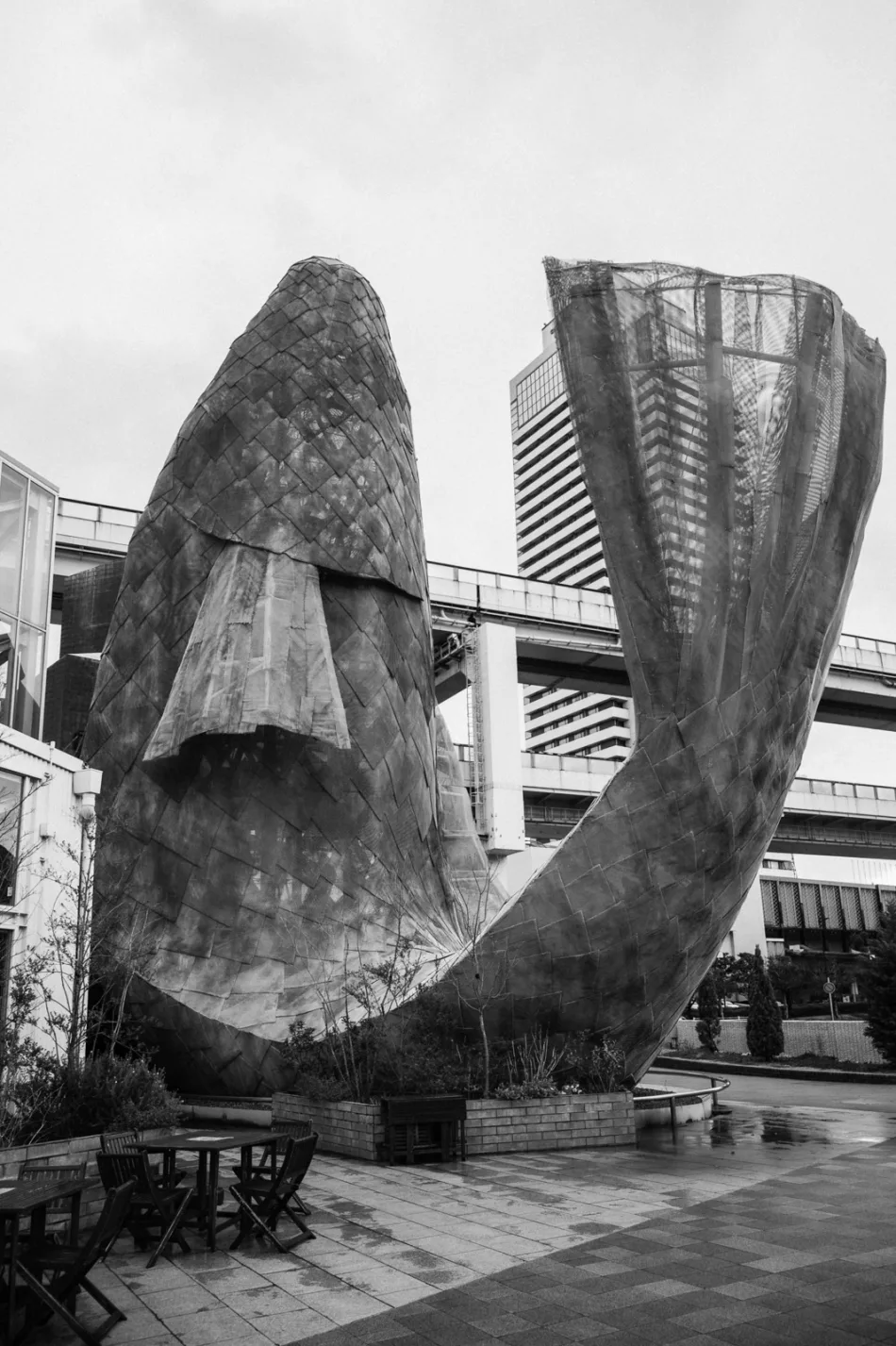
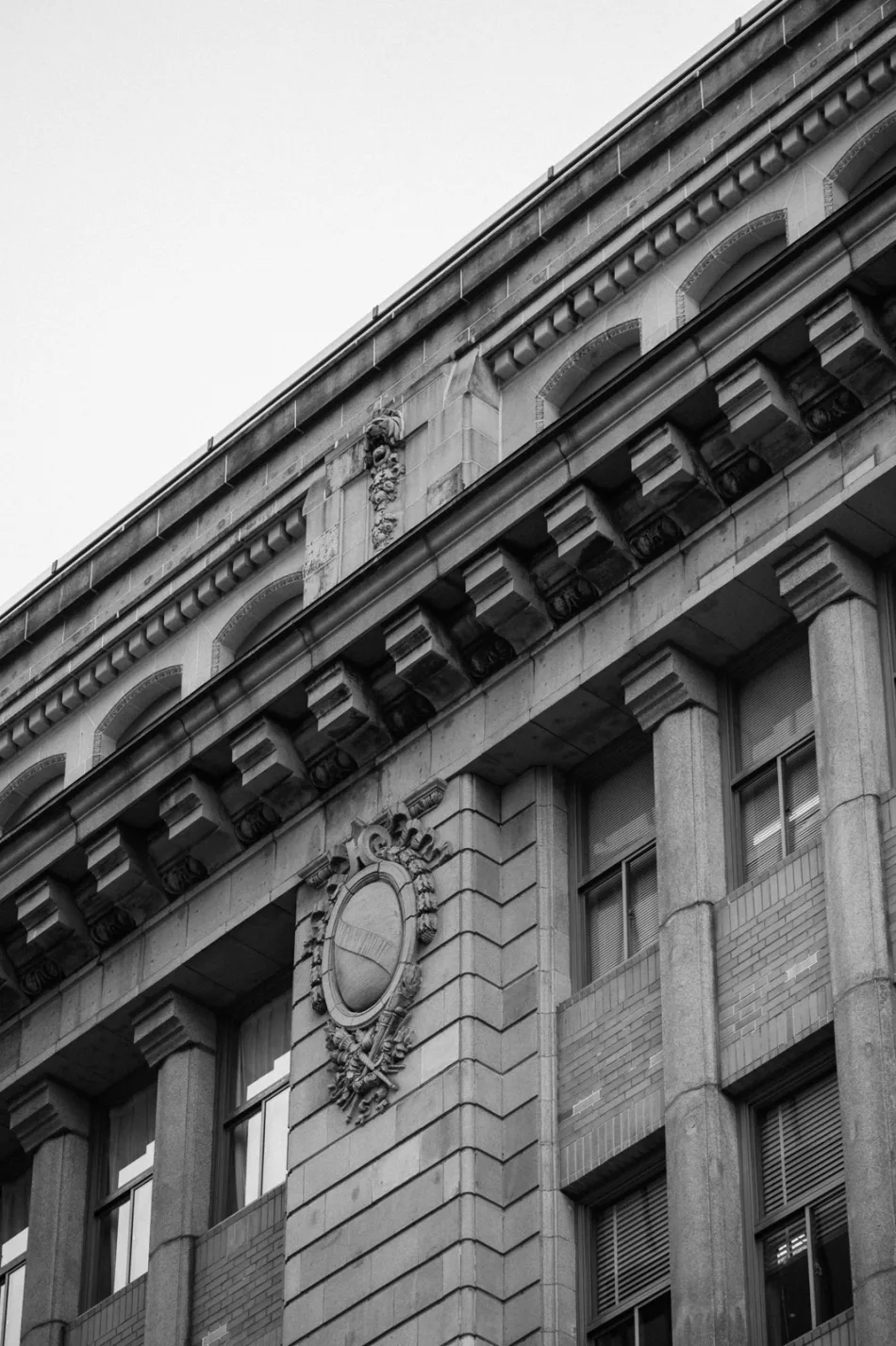
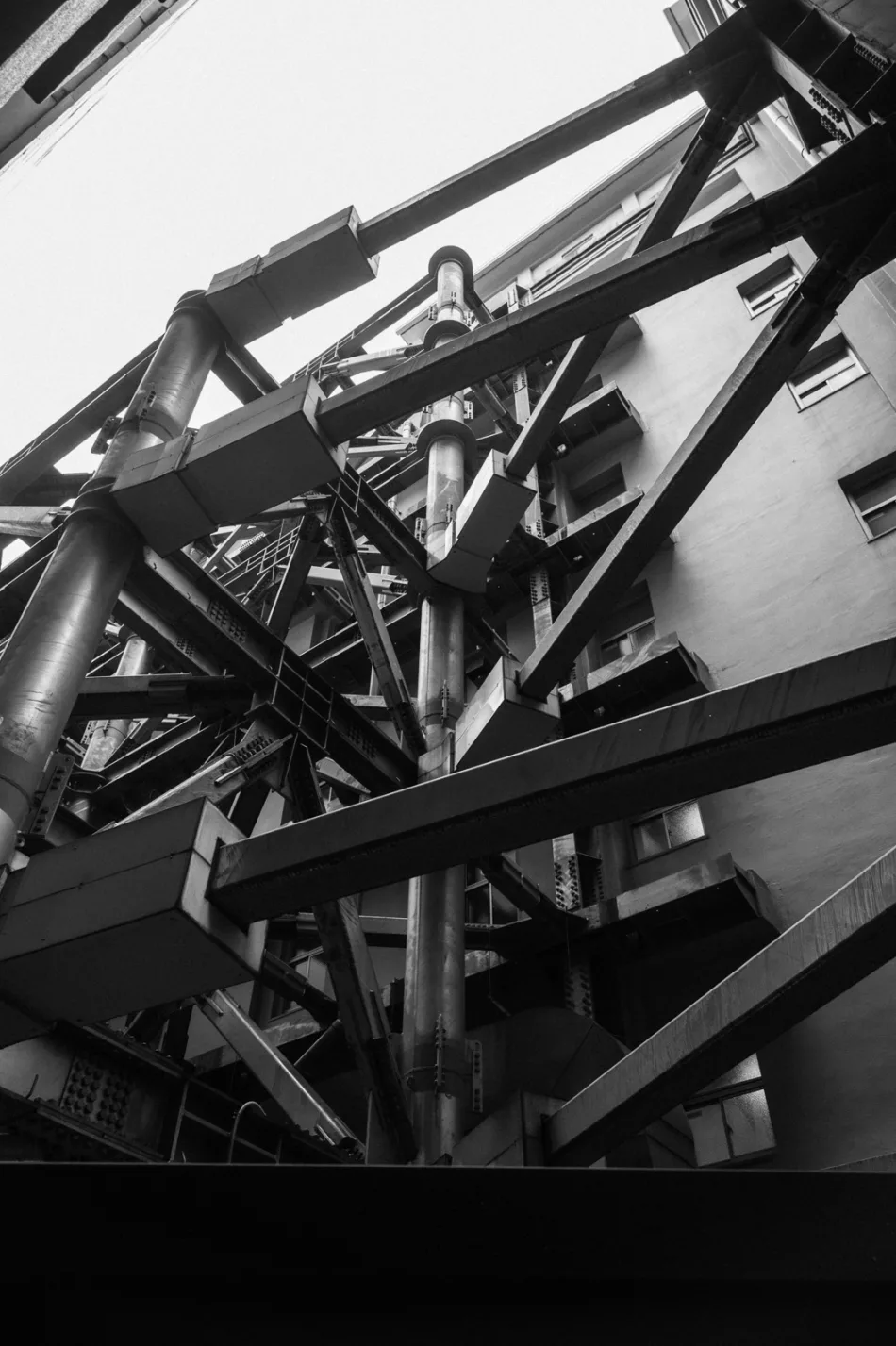
The Meriken Building, the first home of the U.S. Consulate, faces the shore of the Port of Kobe, and the Frank Gehry created curiosity dubbed the “Fish Dance.” From the front of the building, you could just as well be standing outside a late 19th-century building on the streets of Manhattan Island or downtown San Francisco. However, as we circled around to the rear of the building, we discovered the wizard behind the curtain. A massive skeleton of moveable steel now reinforces this historical building like a scene from an anime movie, necessitated by the devastating 6.9 magnitude earthquake of 1995 that destroyed thousands of buildings in Kobe and claimed thousands of lives.
The Meriken Building is a paradigm of modern Kobe, a city with a proud history supported by its present ingenuity and determination.
Kobe Is a Playground of Modern Architecture and Design
Overseas visitors to Japan who hold romanticized views of Japanese history featuring epic samurai battles and palace intrigue might mistakenly choose to skip Kobe. After all, Kobe was a mere fishing village when Commodore Matthew Perry forced Japan to open its ports to the world near the end of the samurai era in 1853. After the signing of the Convention of Kanagawa, Kobe was established as one of Japan’s ports open to trade, and the modern history of Kobe began.
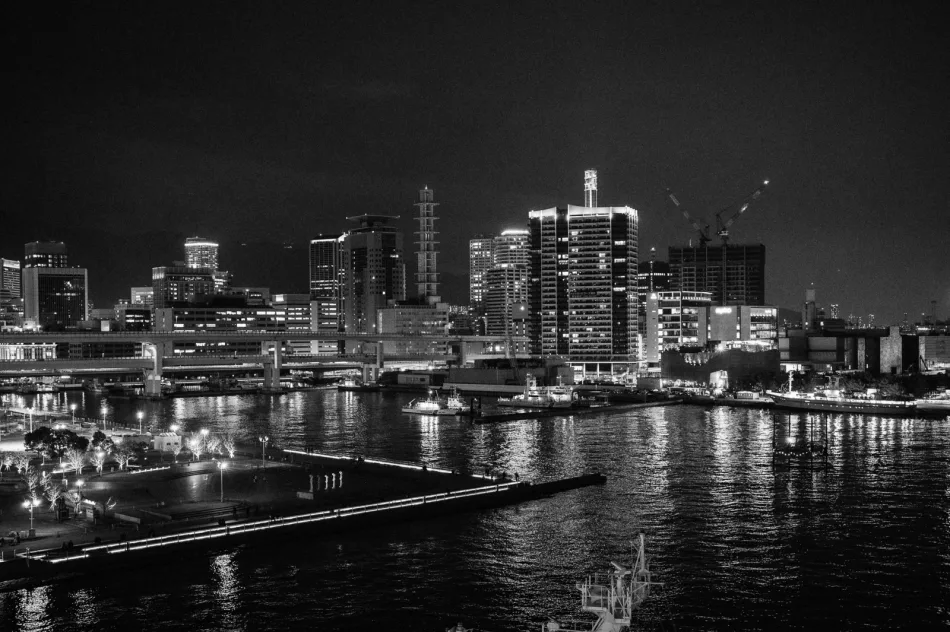
This history began after the newly minted Meiji government sought to establish relationships with the West and bring Japan to the table as a global economic player. Port towns like Kobe and Yokohama created foreign settlement areas to try to make Japan comfortable for foreigners to live in rather than confine them to a limited area, as was the case in Nagasaki’s Dejima settlement during the Edo Period. In fact, once the foreign population of Kobe outgrew the foreign settlement area, they began moving on up to Kitano. This hillside district was considered undesirable to locals due to its distance from the sea (remember that Kobe was a fishing village for previous centuries).
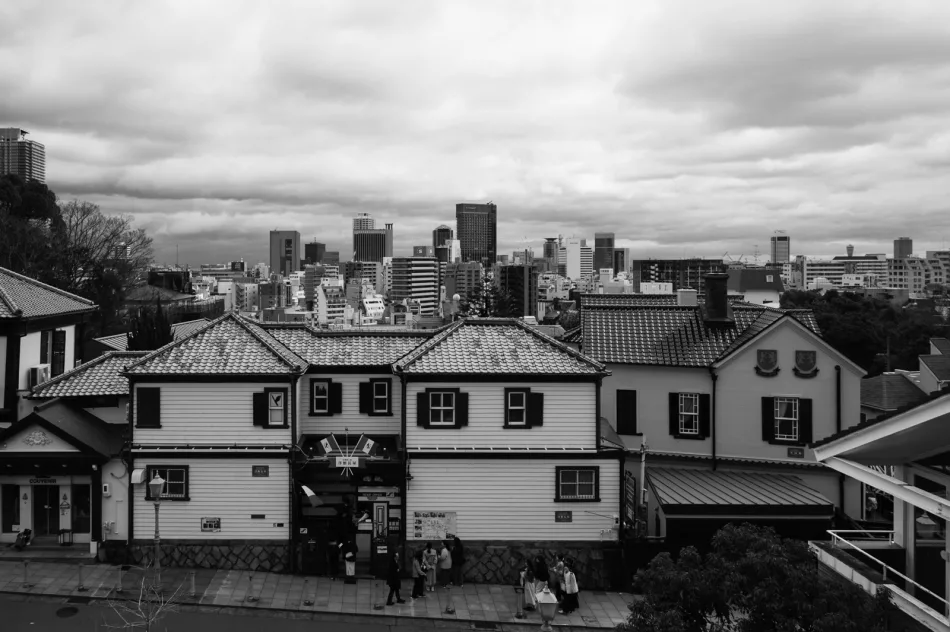
Kobe’s Foreign Settlement district’s distinction was that buildings were often designed by Western architects in a way that would be familiar to Westerners but constructed by Japanese craftsmen using Japanese materials. The result is a fusion that brings out the best of both cultures, modern structures incorporating stone and wood built with the ingenuity and quality of craftsmen who have been perfecting building construction for centuries.
Consider VAGUE KOBE. Designer Teruhiro Yanagihara reclaimed the former Chartered Bank built in the 1930s to host his space, a gallery-laboratory showcasing the creativity of its owner and others who wish to hold exhibitions, including chefs-in-residence, interior designers, and photographers. VAGUE maintains the bones of the original structure that survived Allied bombings during WW2 and the 1995 Great Hanshin Earthquake while elevating the space using curated vintage furnishings, traditional Japanese building techniques, and a keen eye for interior art and accessories. Roaming through the interconnected rooms, VAGUE plays out like a fun house of interior design, each room presenting a unique perspective on the fusion of past and present. Even the expansive rooftop will be transformed into a vegetable garden providing fresh produce for visiting chefs to experiment with.
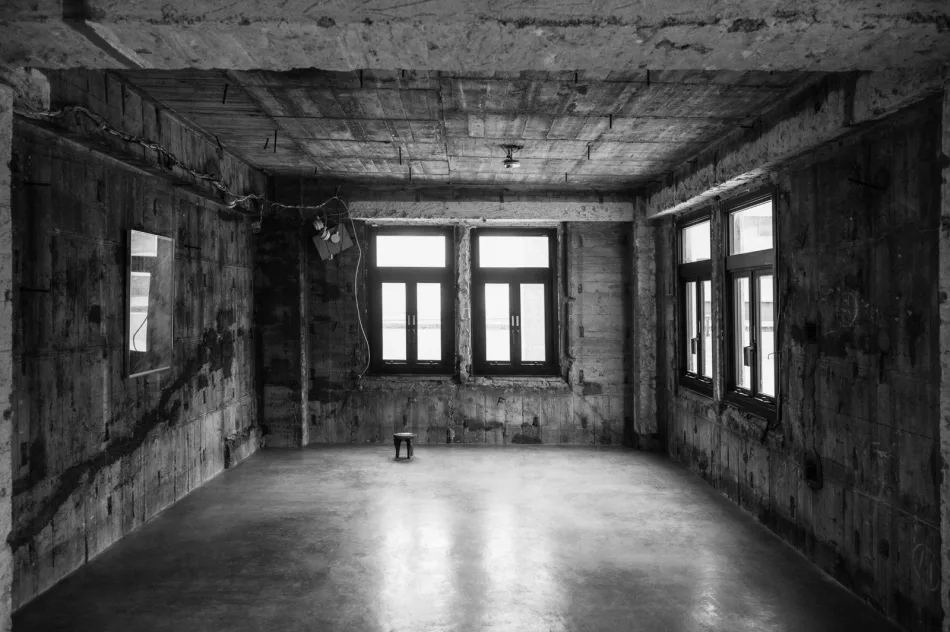
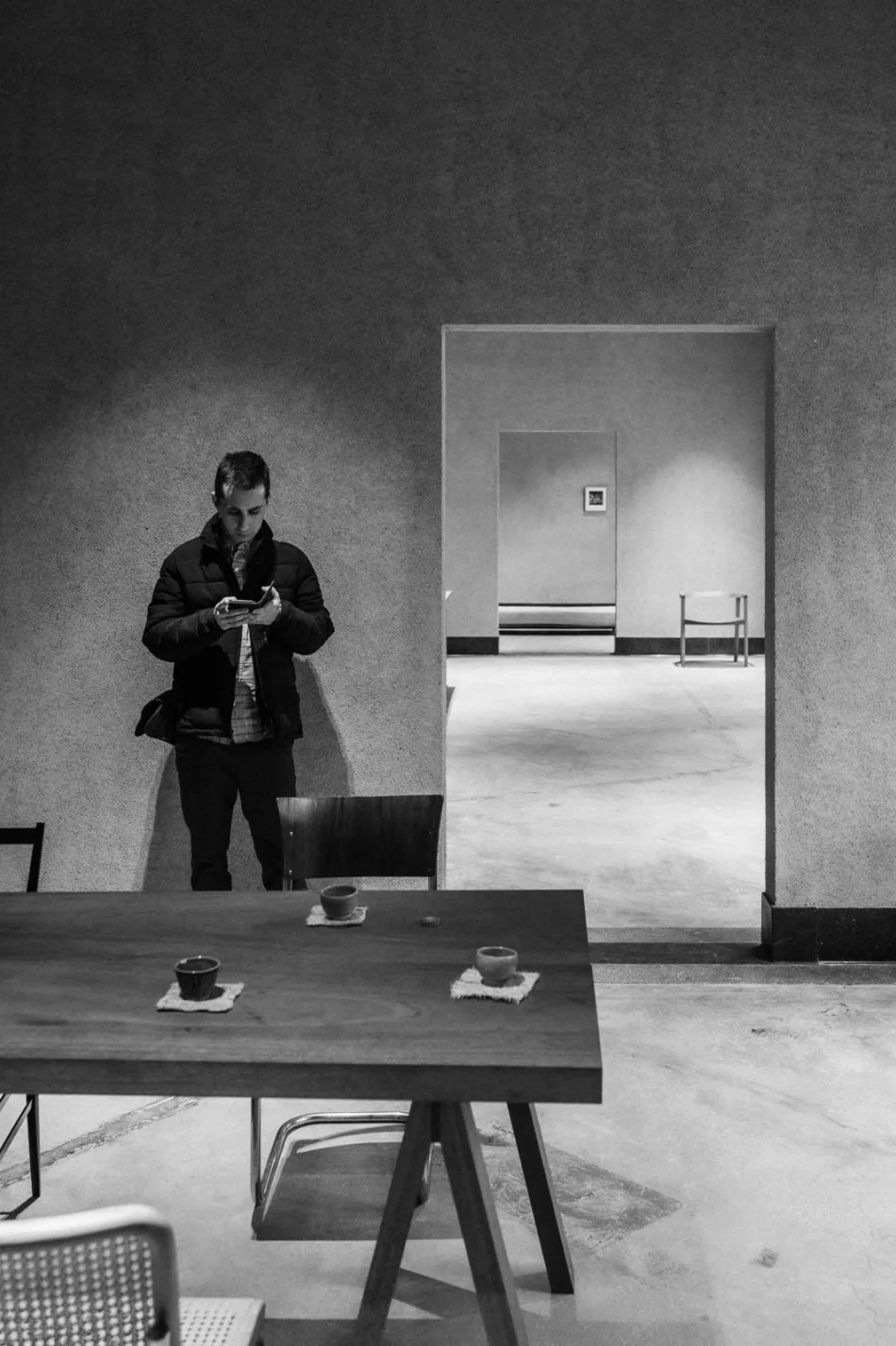
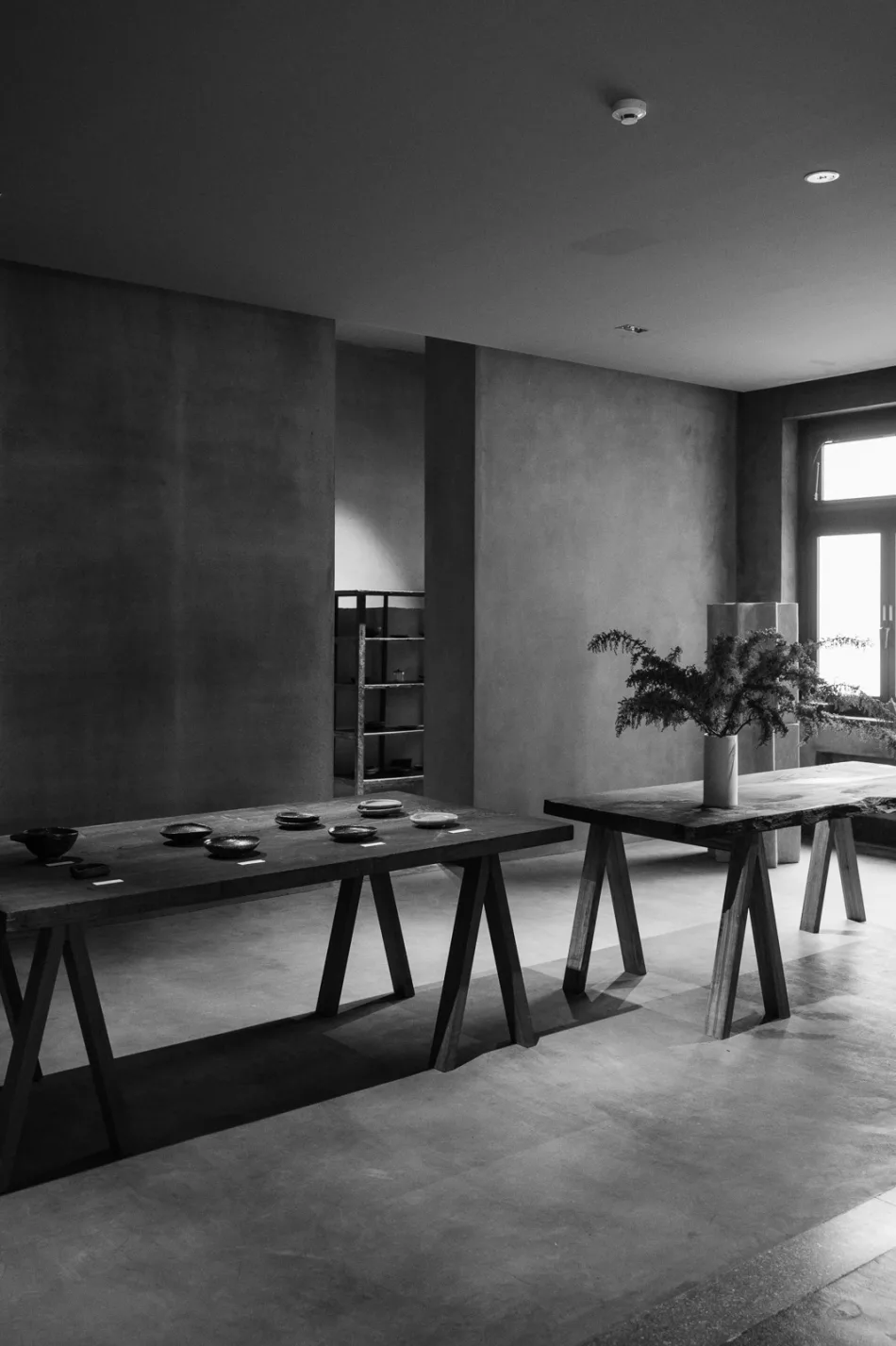
Modern architect Tadao Ando has contributed many buildings, both public and private, to the Kobe landscape. The Hyogo Prefecture Museum of Art has an entire gallery dedicated to his work, and the building itself was designed by his firm. Although we didn’t have time to explore Ando’s work in detail, the annual Kobe Modern Architecture Festival each Fall is an opportunity to learn more about the modern architects contributing to the city.
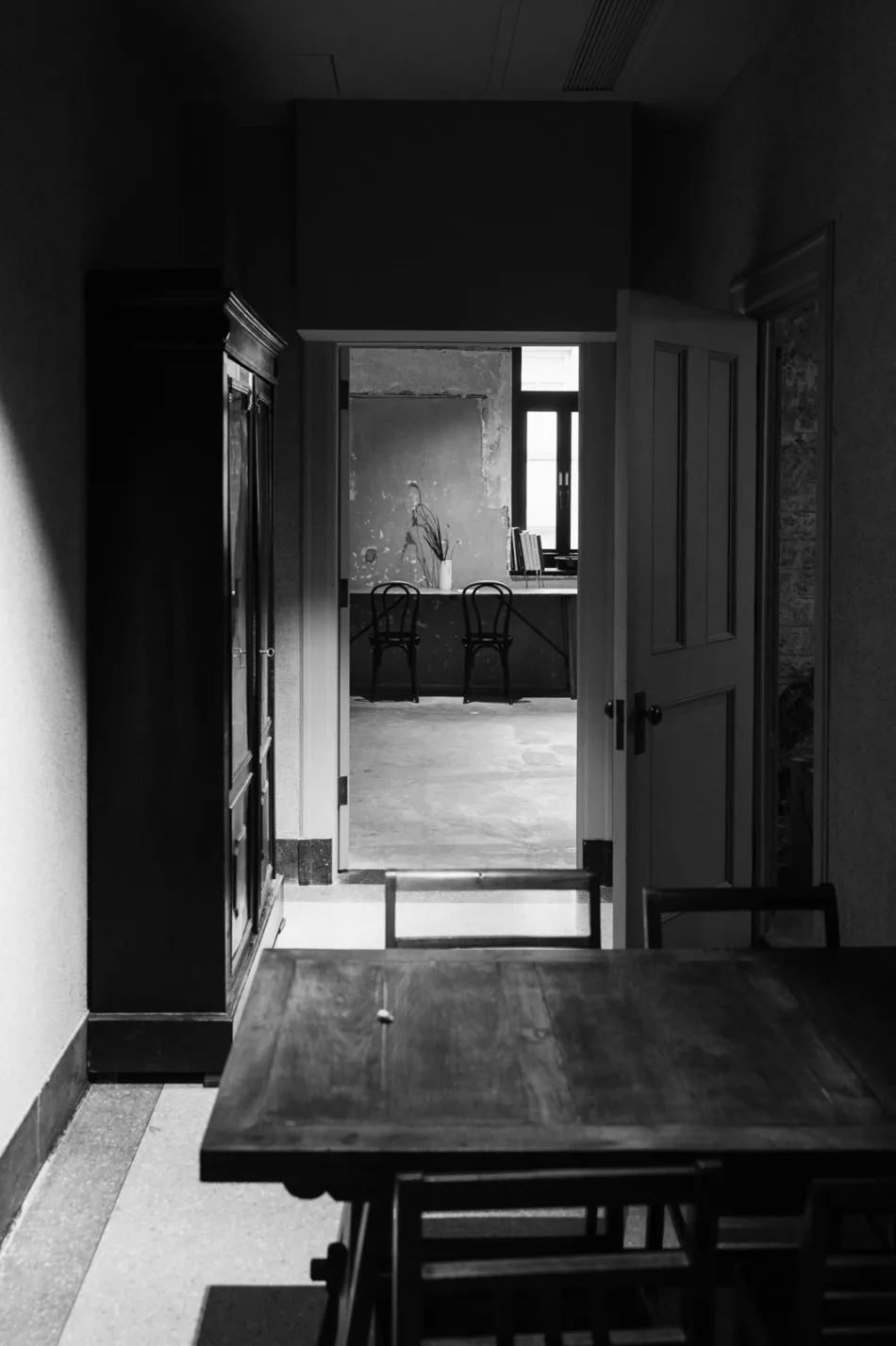
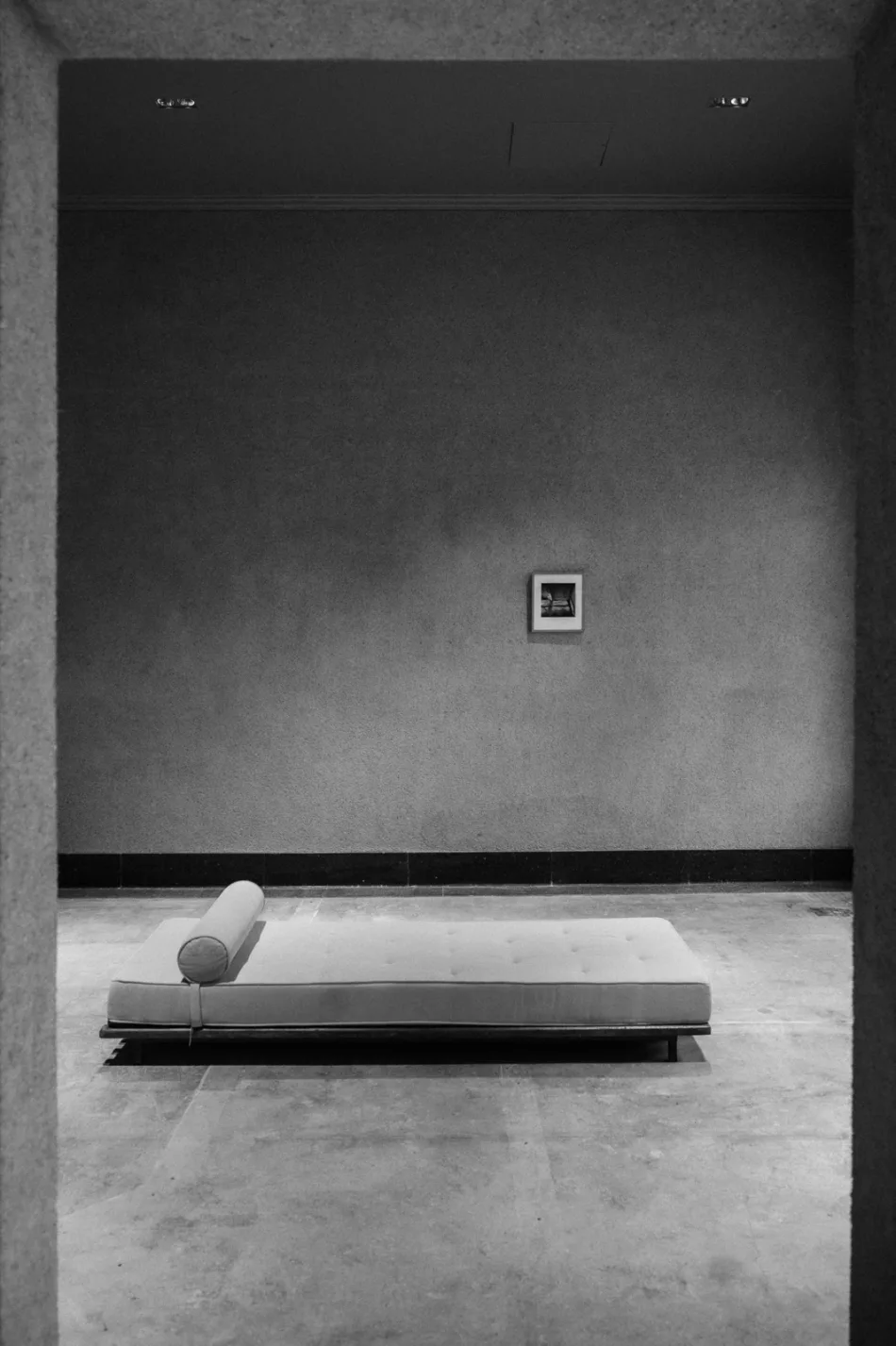
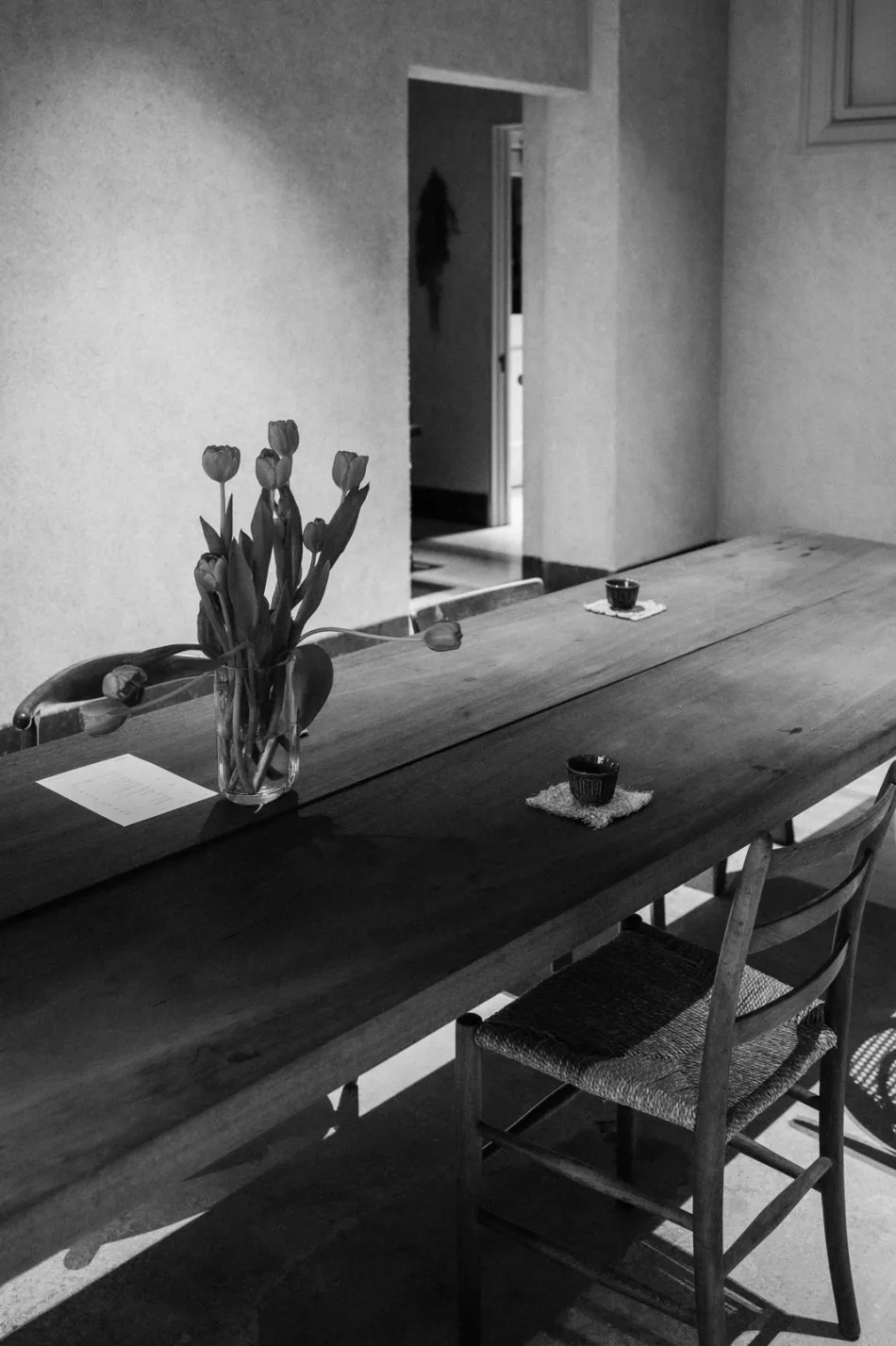
Jazz and Egg Rolls – The Foreign Influence on Kobe History
It’s impossible to avoid drawing a comparison between Yokohama and Kobe. Both are delightful port towns living in the shadows of their A-list neighbors, Tokyo and Osaka, respectively. One might be tempted to say there is nothing to be found in Kobe that can’t be found in Osaka, but that misses the point. The overabundance of Osaka can sometimes feel brutal, a Pacquiao-like assault on the senses that can leave first-time visitors with a mental hangover. Kobe offers Osaka’s food, nightlife, and culture in moderation, a sip from the fountain rather than a drink from the firehose.
But port towns offer their own unique appeals as well. In a country known mainly for its over-homogenized urban culture, Kobe retains pockets of diversity in its neighborhoods with their own friendly denizens. Standing outside the Kobe Jewish Synagogue, a pair of attendees motioned for us to come inside, see the sanctuary, and meet the Rabbi. A member of our group left with a box of Israel-imported matzo, a veritable treasure in Japan. A few hundred meters further, we entered the Muslim quarter containing the oldest mosque in Japan, and the Kobe Shawarma shop, pumping out the irresistible aroma of another rare treat.
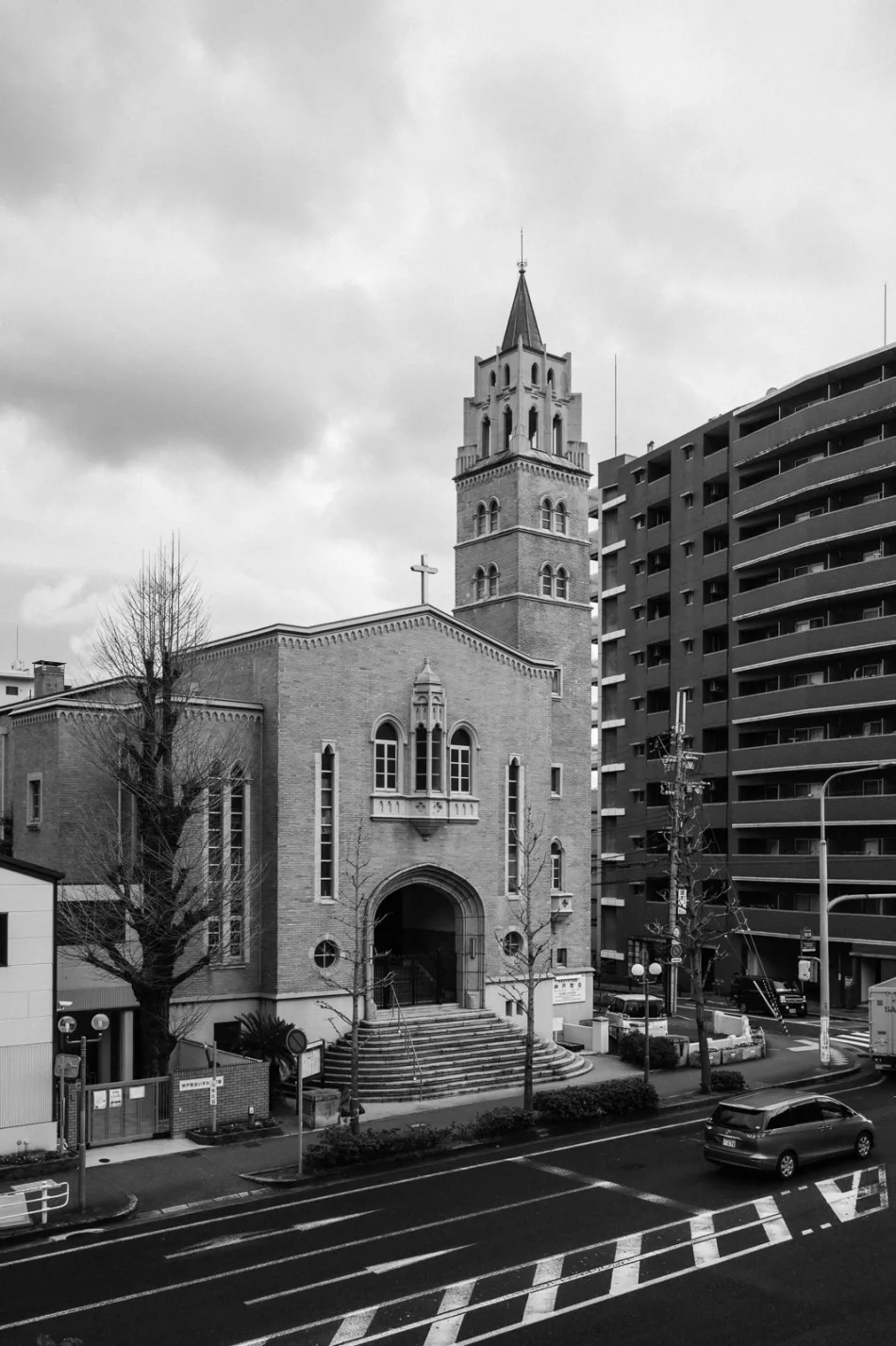
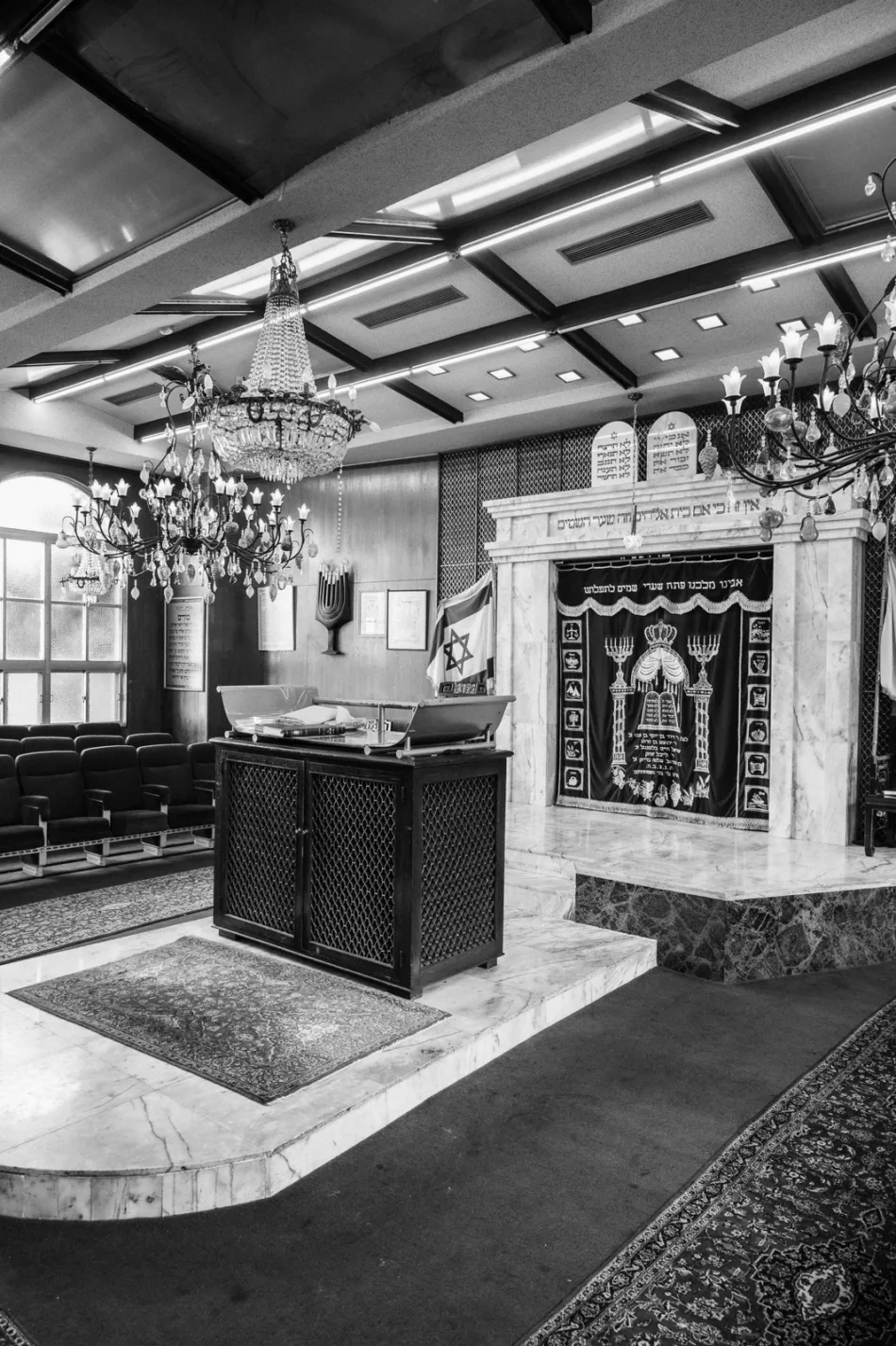
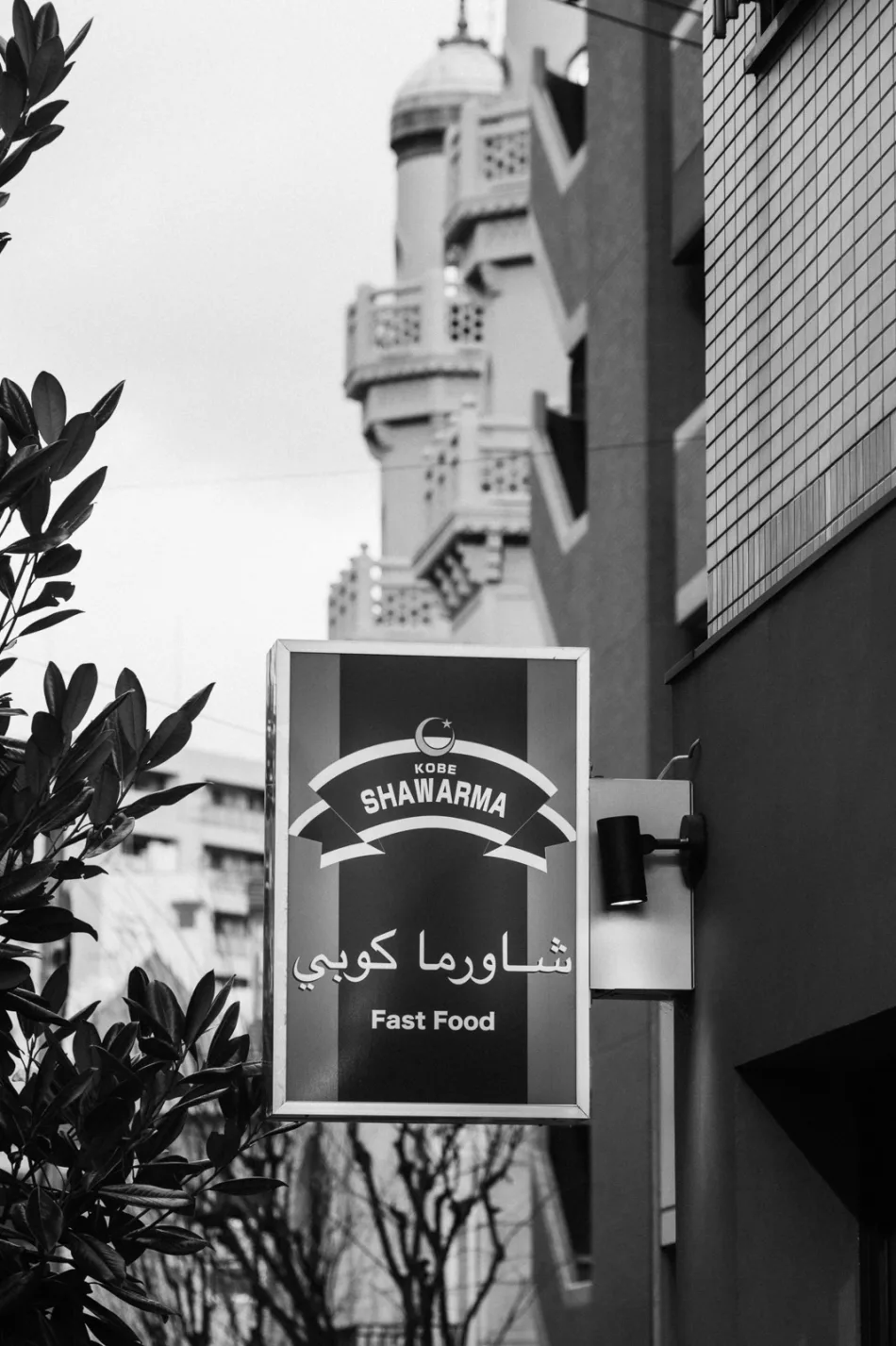
Kobe also boasts a Chinatown called Nankin-machi, after the former capital of China, Nanjing. Chinatowns in Japan feel a bit Disney-esque compared to the gritty (to put it nicely) Chinatowns of America, but you can’t argue against the presence of good authentic street foods like Peking Duck Bao, prepared before your eyes from the skin and meat of a hanging roast duck.
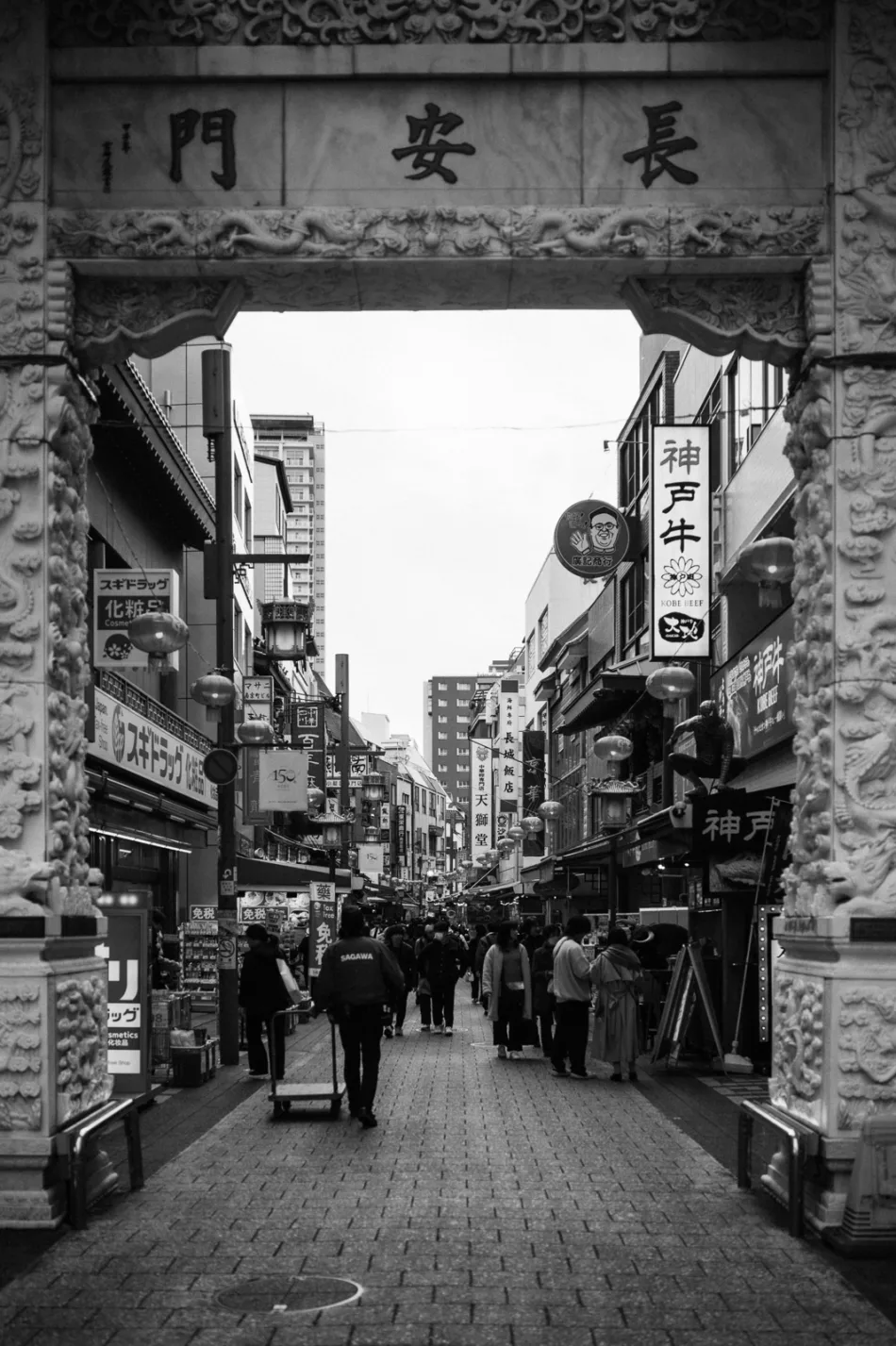
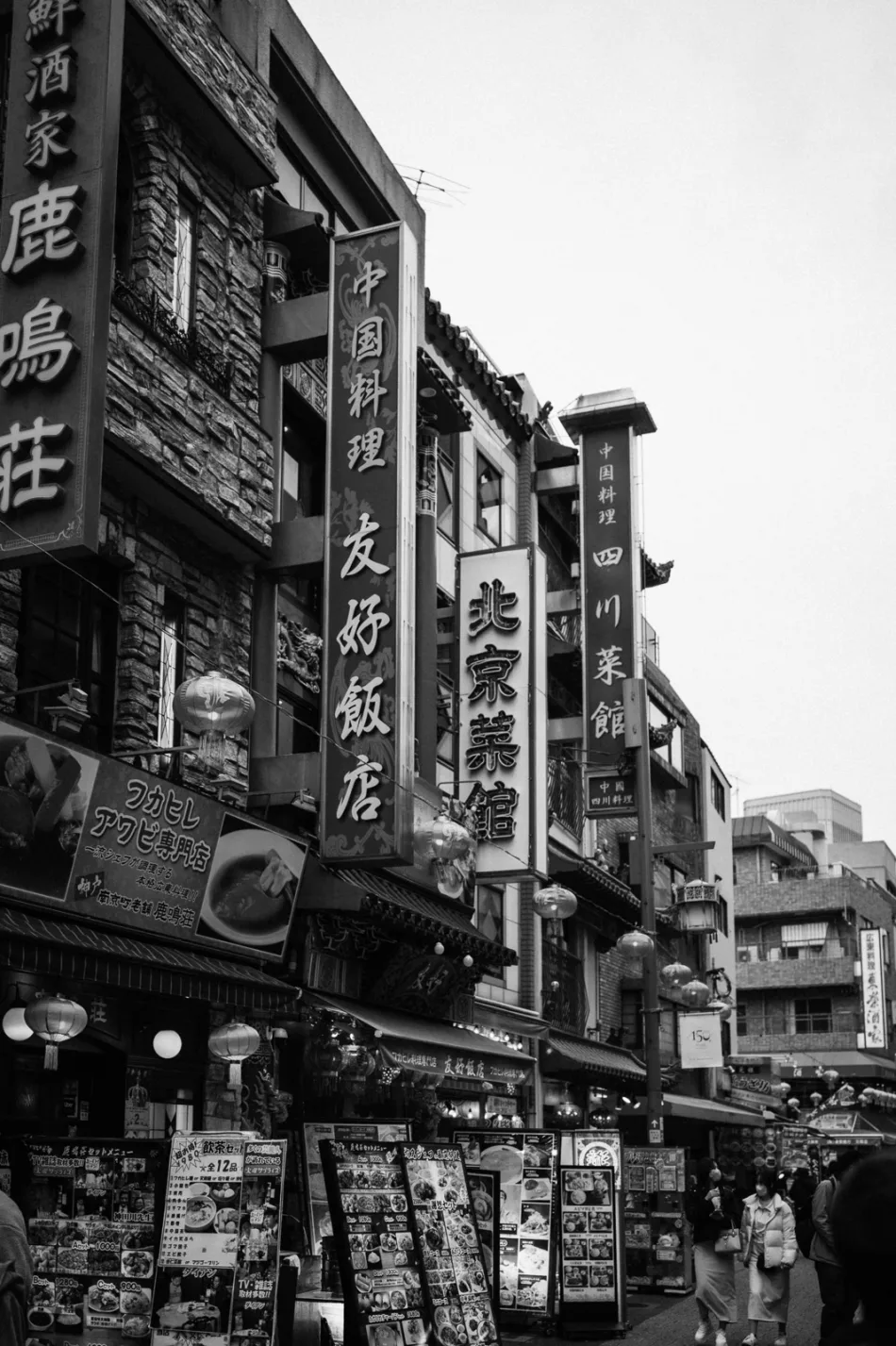
The city becomes even more alive when night falls on Kobe. Sannomiya is the center of the action, a raucous collection of bars, restaurants, and clubs surrounding Sannomiya Station. Friends and lovers gather over beers and highballs, yakitori, and Kobe beef steak, with alcohol-fueled laughter and arguments deep into the night. Had Jack Kerouac and Allen Ginsberg been born in Japan, it is conceivable that Kobe would have been their city of choice for poetry readings and all-night drinking binges. (Tangentially, the actual “Allen Ginsberg of Japan” is Kazuko Shiraishi, a poet who was a translator and friend of Ginsberg and is the founder of the Beat Generation in Japan.)
Our dinner venue was Jujiya, a below-street-level restaurant from the 1930s serving Western-inspired Kobe staples like beef stew and Chicken Fricassee. The tables were covered with the red-and-white-checkered vinyl tablecloths that are ubiquitous in Western-style restaurants in Japan, although some members of our party were concerned they also signaled a mafia-style hit was going to take place there. No assassination attempt was made on our party, however, so we climbed out of the restaurant for a short stroll to Sone, a live jazz venue that has been a gathering place for jazz lovers for decades. At Sone, a quartet performed a six-song set of modern and classic Jazz for a small but enthusiastic crowd of regulars and a table of foreigners who mostly didn’t know how to appreciate it.
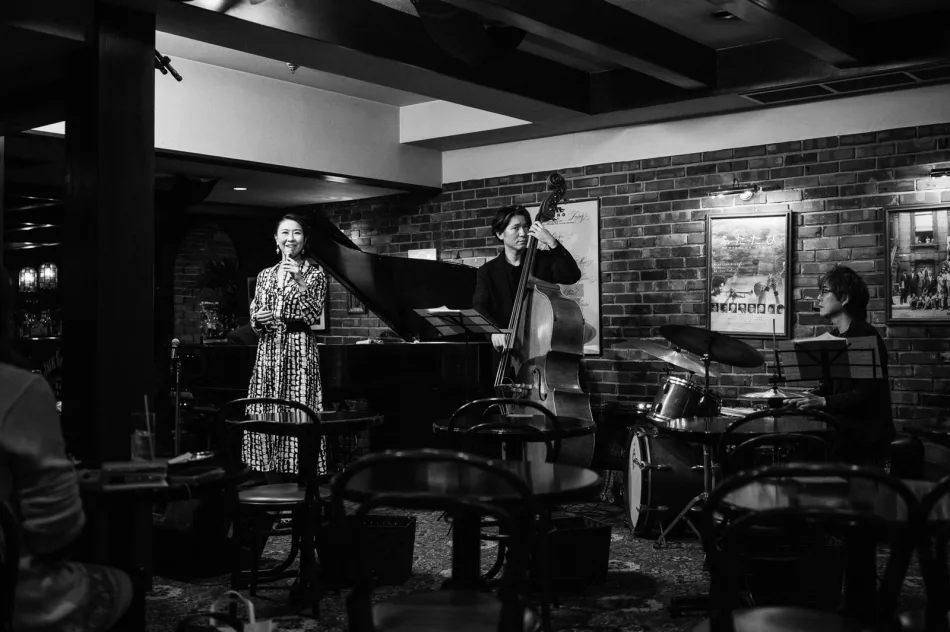
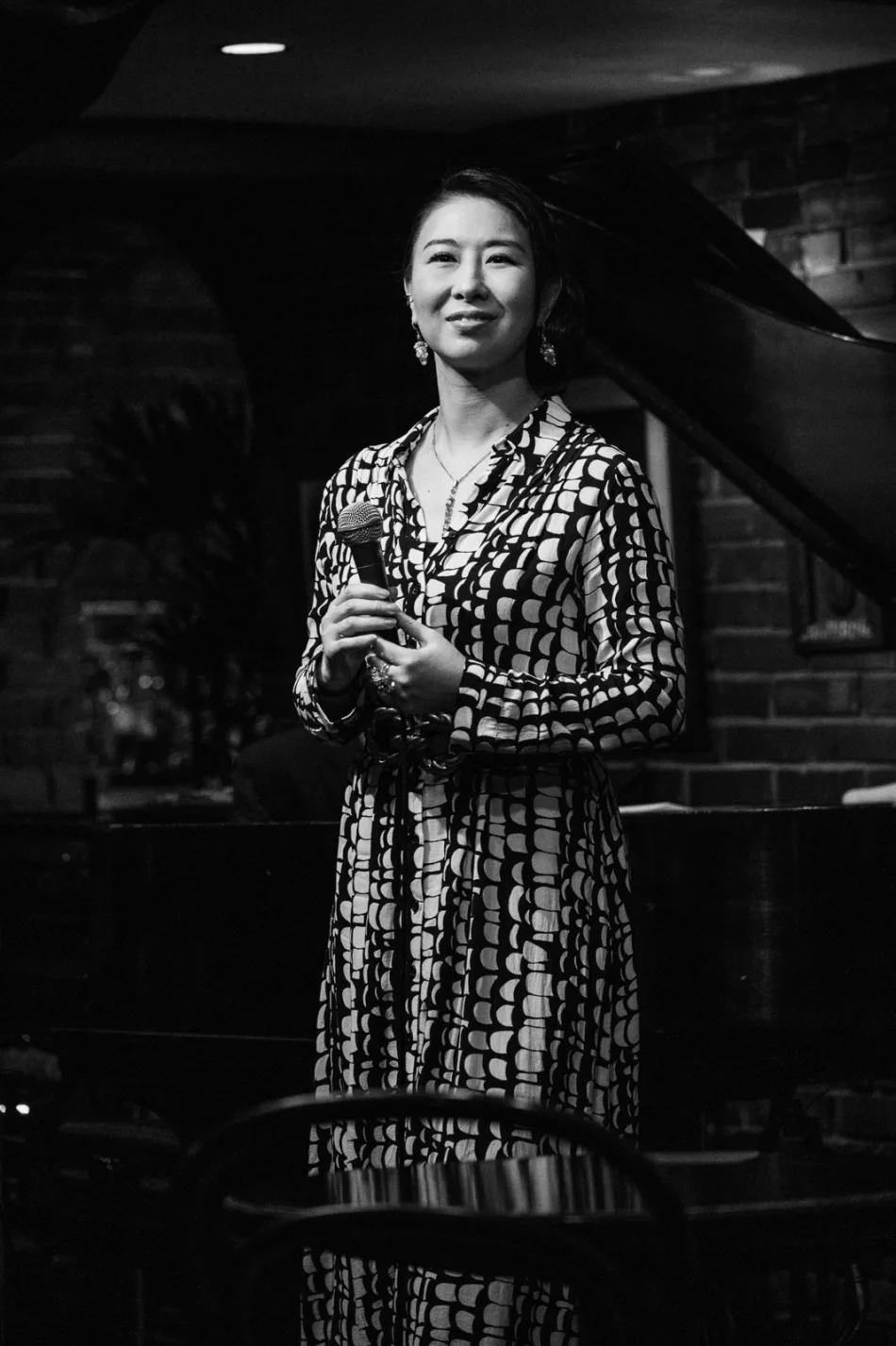
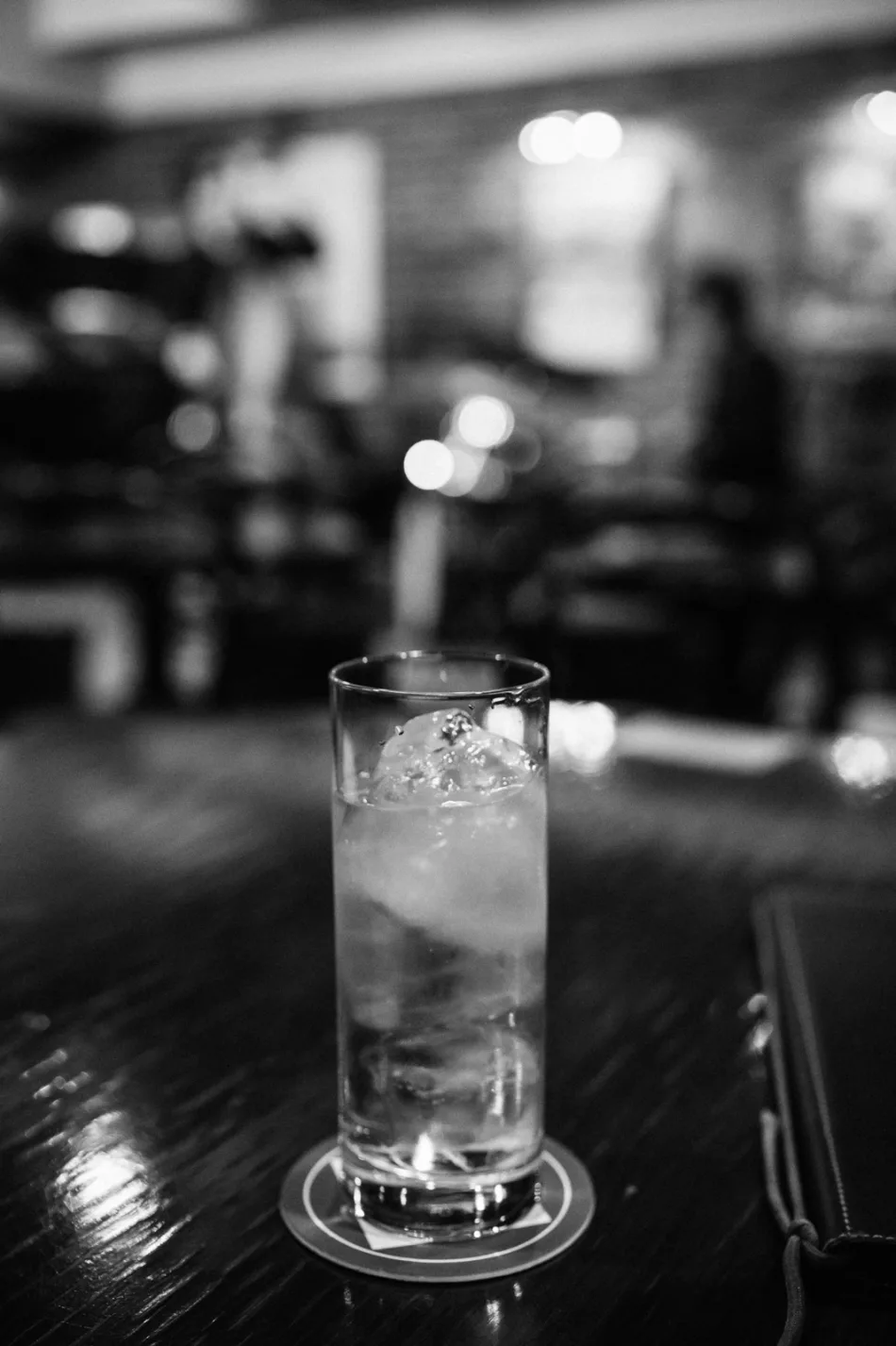
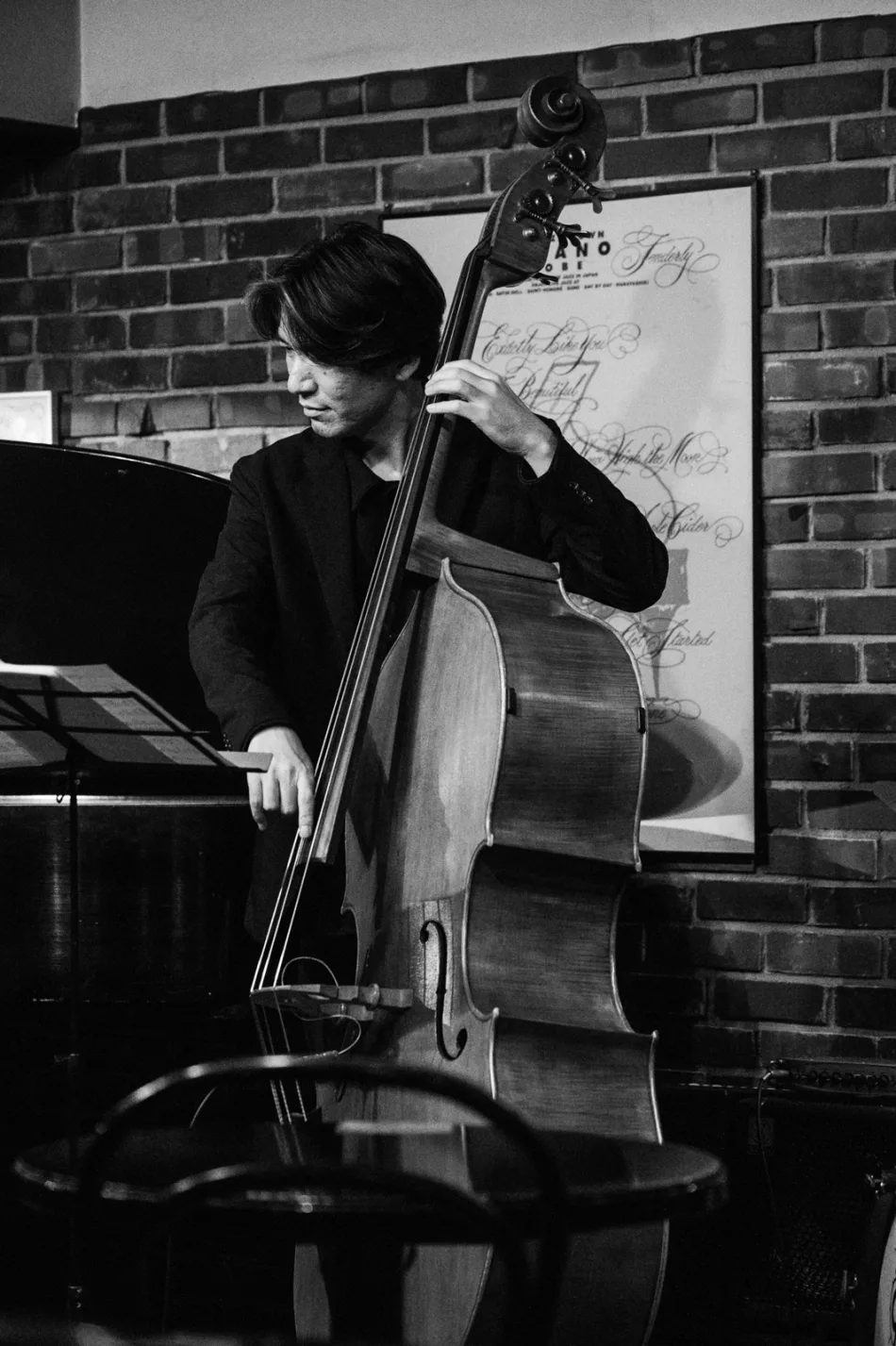
It’s no coincidence that Kobe is the birthplace of Jazz in Japan. Jazz musicians commonly played aboard cruise liners between America and Japan, and being a vital port town, many of these ships likely ended up in Kobe. Officially, Kobe Jazz was born in 1923, when the Great Kanto earthquake drove many Jazz musicians to flee Tokyo for safety in the Kansai region. Many of these musicians settled in Kobe, where the local taste for music favored an international flavor. The love of Jazz was cemented during the post-WW2 American occupation of Japan, and the city has fully embraced its role as the Jazz capital of Japan, which has many Jazz venues and music festivals.
The Best of Kobe – Sake and Night Views
If Jazz and late 19th-century Western architecture exemplify Kobe’s modern history, then sake would certainly be chosen as representative of Kobe’s deeper past. While many respected sake regions of Japan have a production history dating back a few centuries, recorded history states that the Nada area of Kobe has been brewing sake for nearly 700 years. Today, the renowned breweries of Nadagogo, “the five villages of Nada,” are responsible for 25-30% of all sake produced in Japan, and it ain’t Budweiser-style sake we’re talking about. You don’t last 700 years churning out piss water.
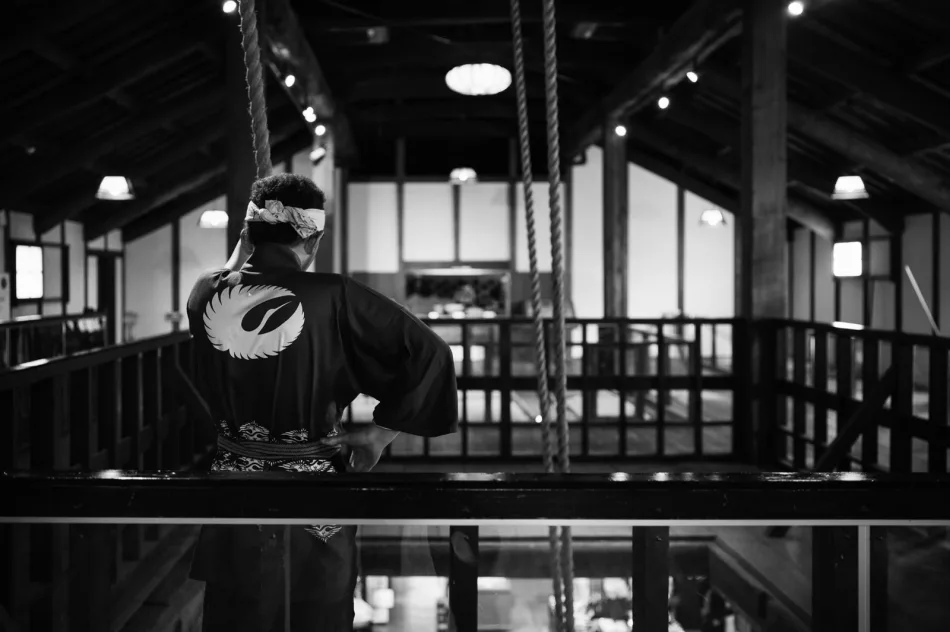
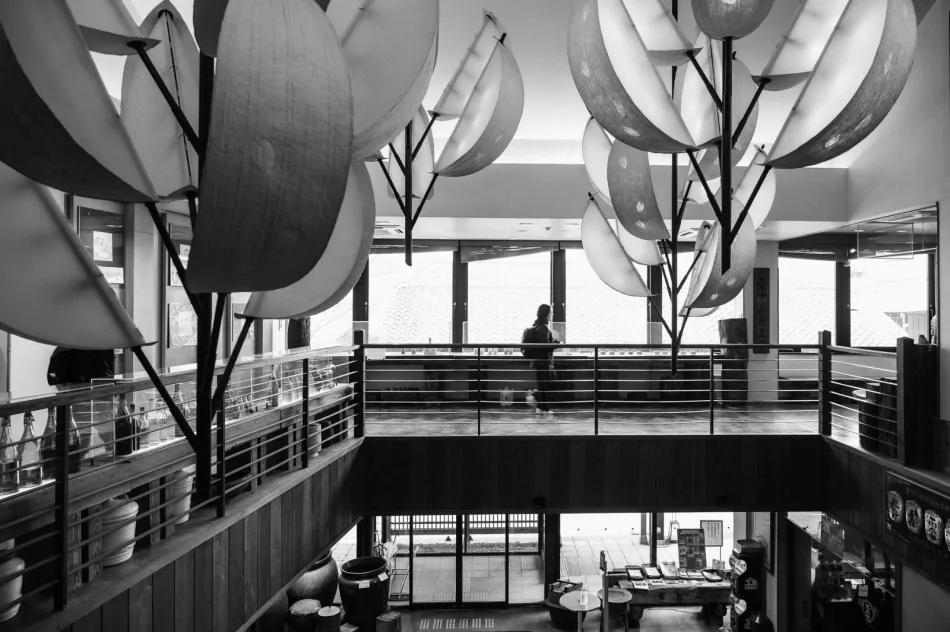
Every sake brewery worth its, er, sake, will tell you that the quality of sake boils down to two ingredients: rice and water. Hyogo Prefecture has nearly cornered the market on sake rice; the local Yamada Nishiki variety is universally considered the finest rice for sake production and is used at breweries all over Japan, even over their own local varietals. When it comes to water, Kobe has a special gift from Mother Nature, Mt. Rokko.
Mt. Rokko is technically an entire mountain range that literally has Kobe City’s back to its northern border. You can step out of Shin-Kobe Station and be on a hike up Mt. Rokko in under 30 seconds. The mountain has been both a blessing and a bane to Kobe’s residents, but much of the bad attributed to the mountain was brought upon by the residents themselves. During the Edo Period, when raw materials were needed for building, the mountain was deforested so severely that it looked like the “before” image of a Rogaine advertisement. Without vegetation to absorb moisture, rainwater poured down the granite mountain, creating regular devastating flooding for Kobe residents. Once the cause of the problem was determined, an effort to reforest the mountain began. After several decades, the flooding ceased.

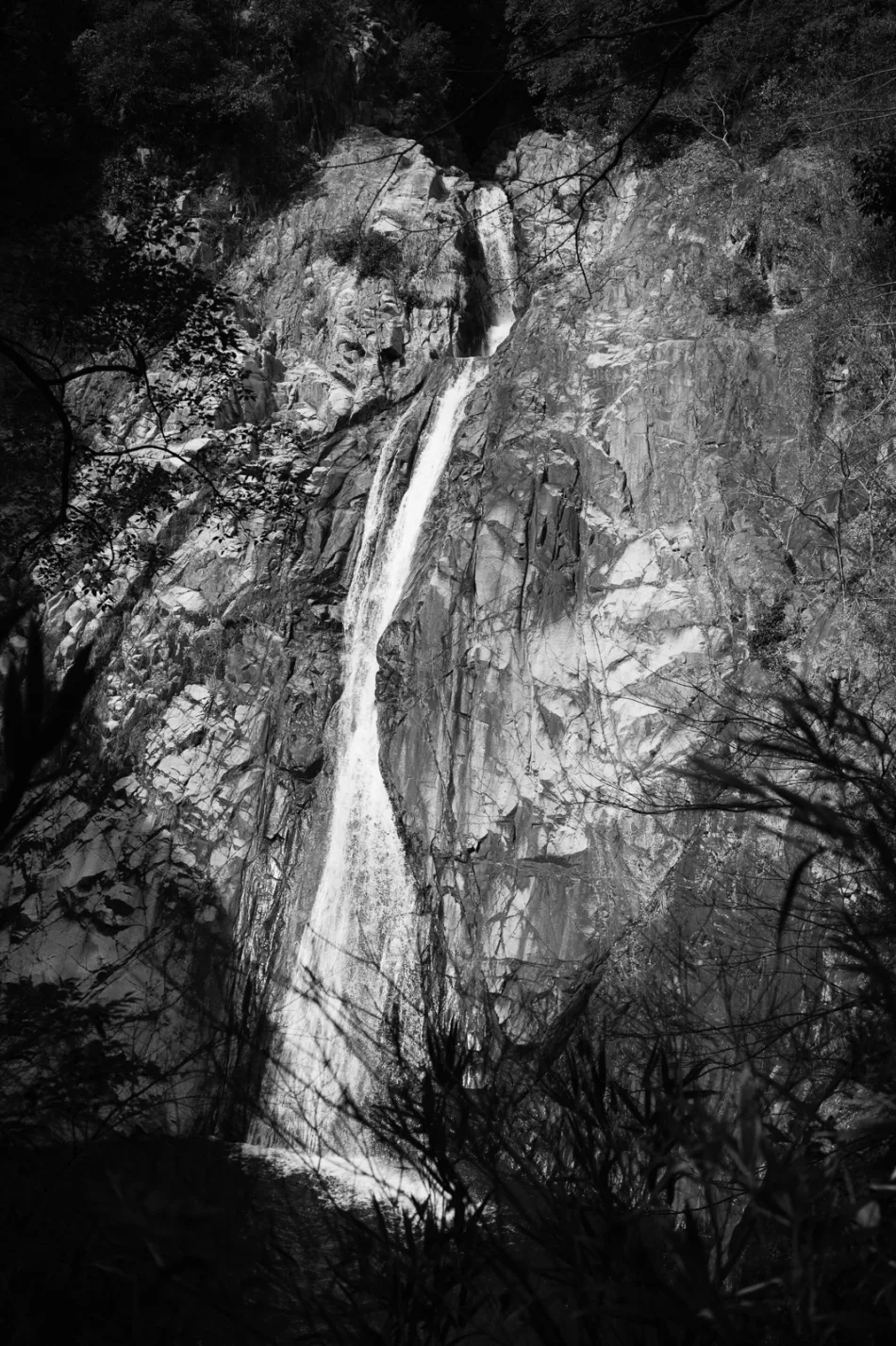
Most modern Kobe residents see Mt. Rokko only as a blessing. It is a natural oasis for outdoor lovers, an escape from both the city’s busyness and the summer heat. Many residents living near the mountain practice mainichi tozan 毎日登山, climbing the mountain every day as a morning routine (it can be done in about 1.5 hours round trip). The views of Kobe and Osaka from Mt. Rokko rank among the Top 3 Night Views of Japan (known as the Ten Million Dollar Night Views), along with Hakodate and Nagasaki. It is also the source of Kobe’s spring water, both the soft water used by residents that is delicious to drink and easy on the skin for bathing, and the harder miyamizu 宮水 water used in Nadagogo for making sake.
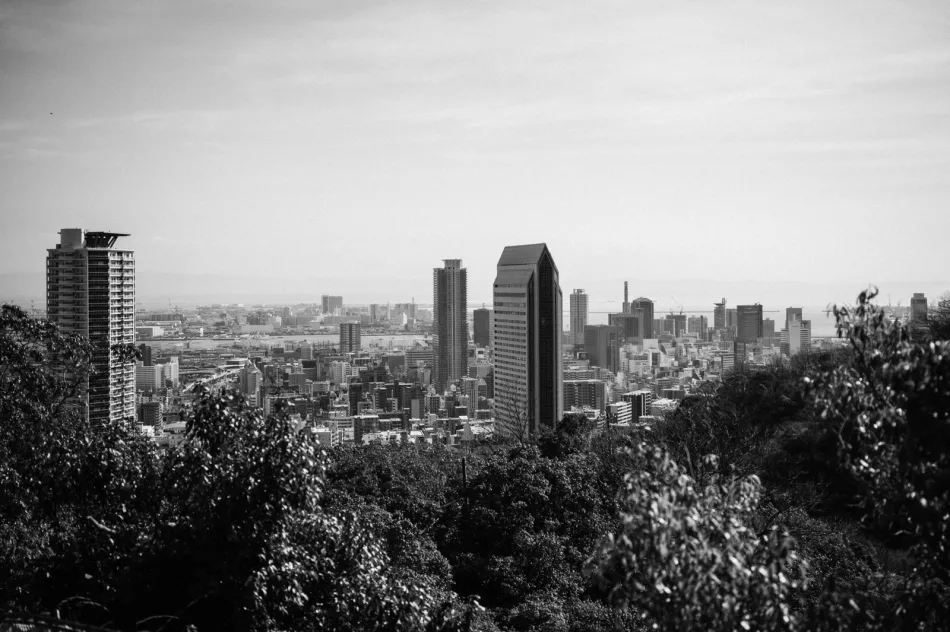
We hiked to Nunobiki Dam, the first concrete dam in Japan, constructed to create a reservoir for city residents and relieve the flooding before the reforestation took full effect. Too early for cherry blossoms, but the tranquility of the reservoir and the several segments of Nunobiki Falls were enjoyable. As my old knees creaked and complained hiking up the mountain, I silently envied those seated in the gondolas heading to Nunobiki Park further up the mountain as they glided over our heads.
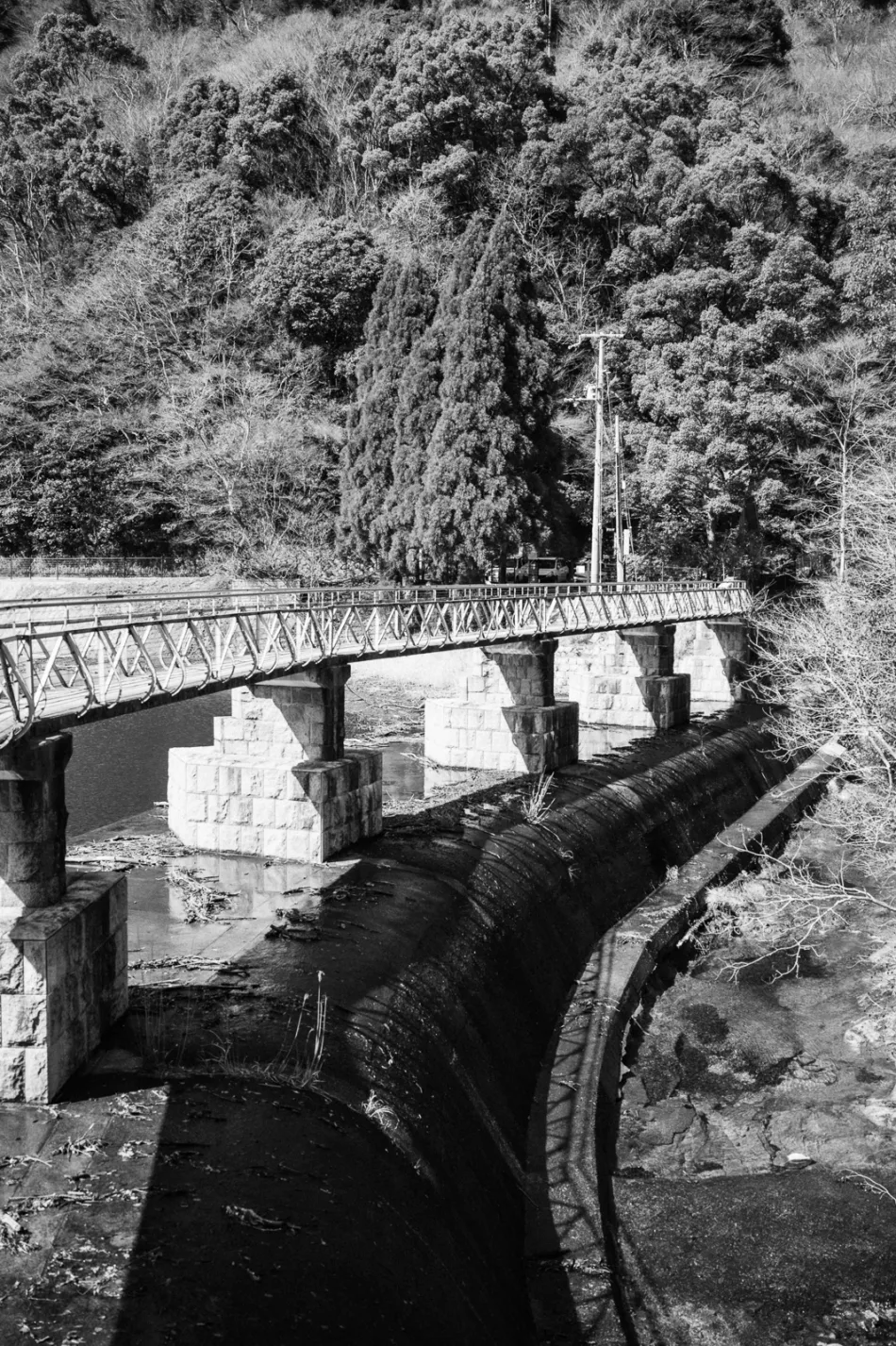
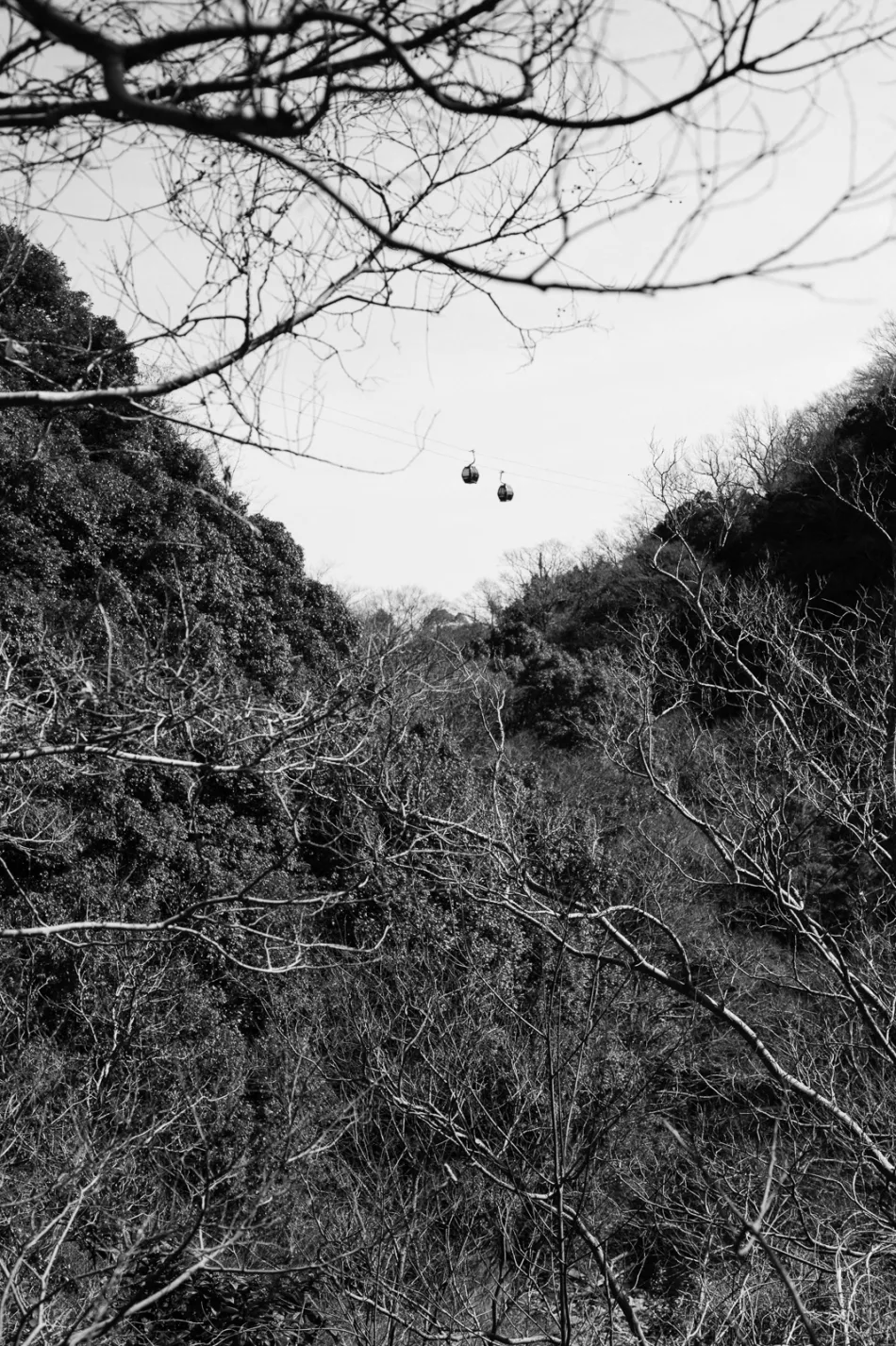
Remembrance and Reconstruction – The Great Hanshin Earthquake of 1995
As wonderful a place Kobe is to live, the Great Hanshin Earthquake of 1995 lurks in the shadows of the memories of residents unfortunate enough to experience it. On that cold morning of January 17th, a 6.9 magnitude earthquake struck the northern end of Awaji Island, just 20 kilometers from central Kobe. Residents say the tremors lasted only 10 seconds, but in the end, the collapse of over 400,000 buildings and other structures and resulting fires claimed 6,434 lives, injured thousands of others and left many families homeless.
The rather unfortunately named Disaster Reduction and Human Renovation Institution (abbreviated to a manageable DRI) was created so that both Kobe residents and visitors to the city never forget the magnitude of that disaster. Partly a museum in memorial to the tragedy and partly a facility teaching people how to personally prepare for future disasters, DRI spans several floors of two interconnected buildings. While we were visiting, large groups of elementary school students were also there to learn about an event that they only knew second-hand from stories told by their parents and grandparents.
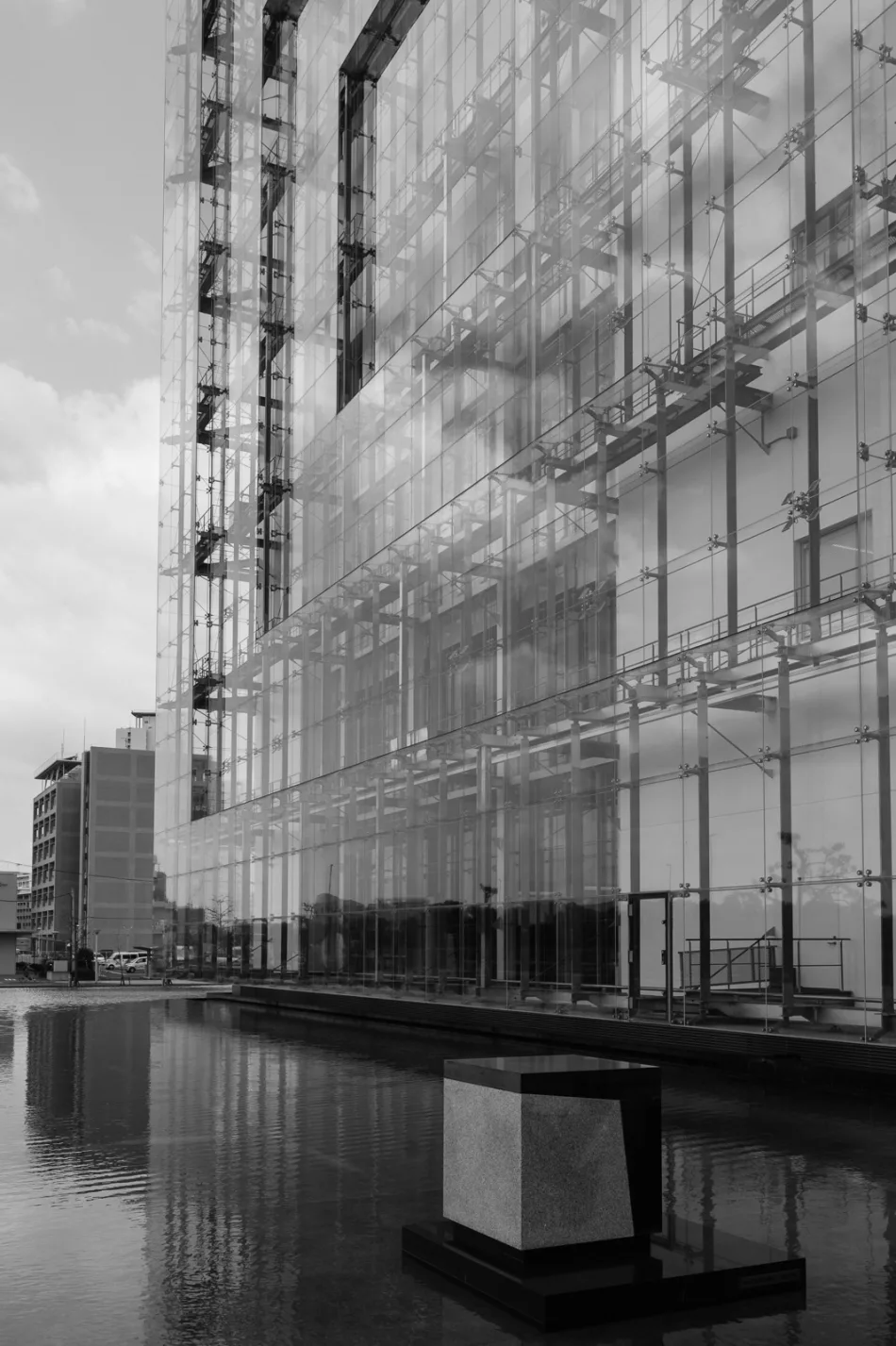
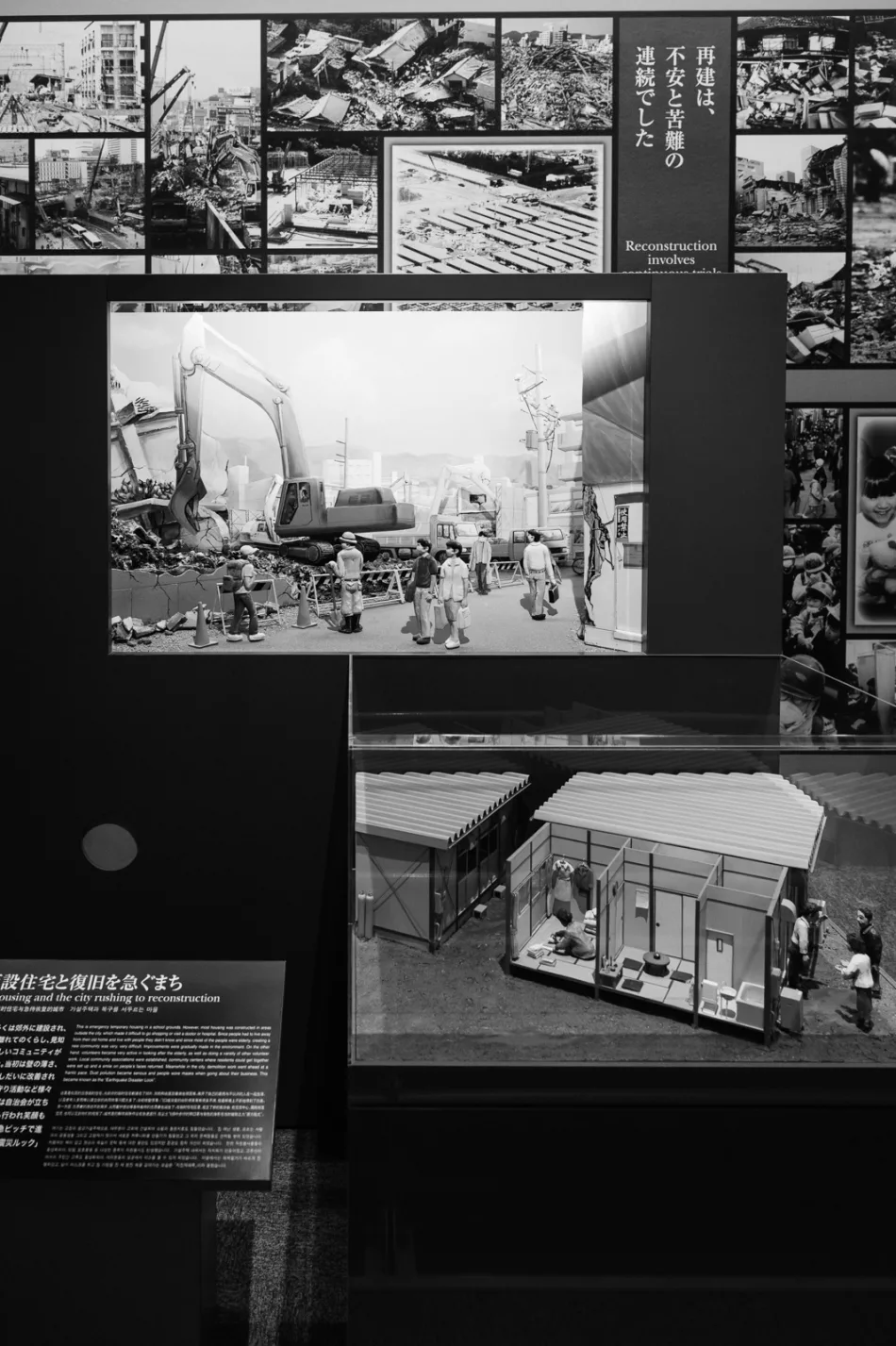
In one room, we experienced a CGI version of the earthquake as experienced in several of Kobe’s major neighborhoods. It could best be described as one of those “Red Asphalt” films I was forced to watch during my driver’s training classes (minus the gore), only replacing drunk driving and car accidents with a massive earthquake. Thankfully, the elementary school kids got to miss it, or it would have given them nightmares for days.
Fortunately, DRI doesn’t rely on scare tactics the rest of the way. Many hands-on exhibits demonstrate such topics as how to engineer buildings to withstand higher magnitude earthquakes, how to secure furniture in your house to keep it from falling over (and what happens if you do not), and the contents of a well-stocked emergency preparedness kit. If the primary purpose of DRI is to get people to remember that when it comes to natural disasters in Japan, the question is when, not if, they will happen, then the facility does its job perfectly. I was even tempted to buy some items for my earthquake preparedness kit from the gift shop on my way out.
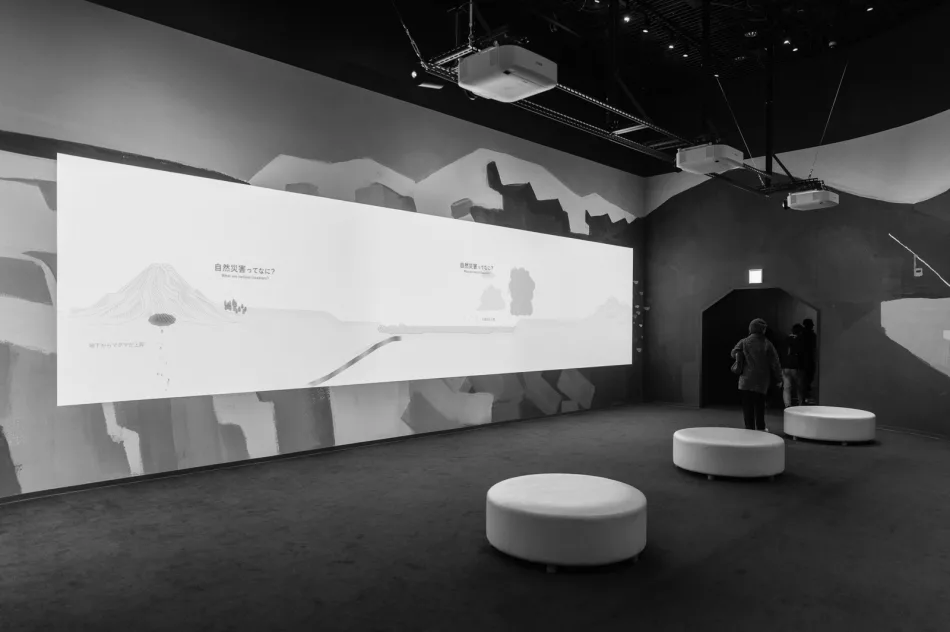
But like so many other cities in Japan did before it: Hiroshima, Nagasaki, Tokyo, Osaka, so Kobe also rose from the ashes of tragedy to become a stronger city than it was before. Structures were rebuilt to more rigorous building codes, and important historical buildings like the Meriken Building were reinforced with structures that can enable them to survive a future quake. Today’s Kobe exists due to the resiliency of the local residents and the engineering ingenuity that helped develop the technology to create a safer city.
Takenaka Carpentry Tools Museum – How to Better Appreciate Shrines and Temples
Another facility in Kobe dedicated to the ingenuity of Japanese engineering is the Takenaka Carpentry Tools Museum, within walking distance from Shin-Kobe Shinkansen Station. If the idea of carpentry tools doesn’t get your heart racing, it’s only because you’ve never been to this museum before.
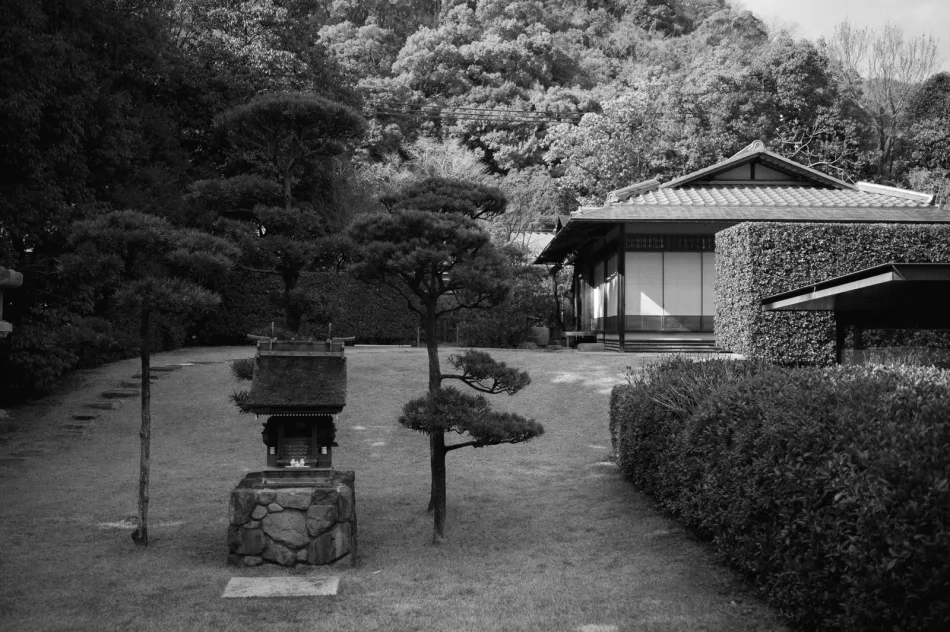
To fully appreciate this museum, created by the architectural engineering company Takenaka Corporation, one must first consider the wonders of Japanese architectural engineering. All over Japan, you can find shrines and temples constructed mainly of wood and without nails still standing today. The innovative techniques developed by Japanese builders and the precision with which they implement them have enabled such longevity in historic buildings. Even the great Himeji Castle, subject to the Great Hanshin Earthquake and struck by an Allied bomb (which failed to explode), has survived four centuries due to these innovative engineering techniques.
The facility itself is built on the former estate of a former Takenaka company official. There is an original teahouse on the site, but the museum was designed and constructed by Takenaka using skills and craftsmanship of traditional Japanese builders. After learning about the techniques and tools used in Japanese construction, you’ll likely want to give the facility another look, as every detail of its construction is perfectly executed.
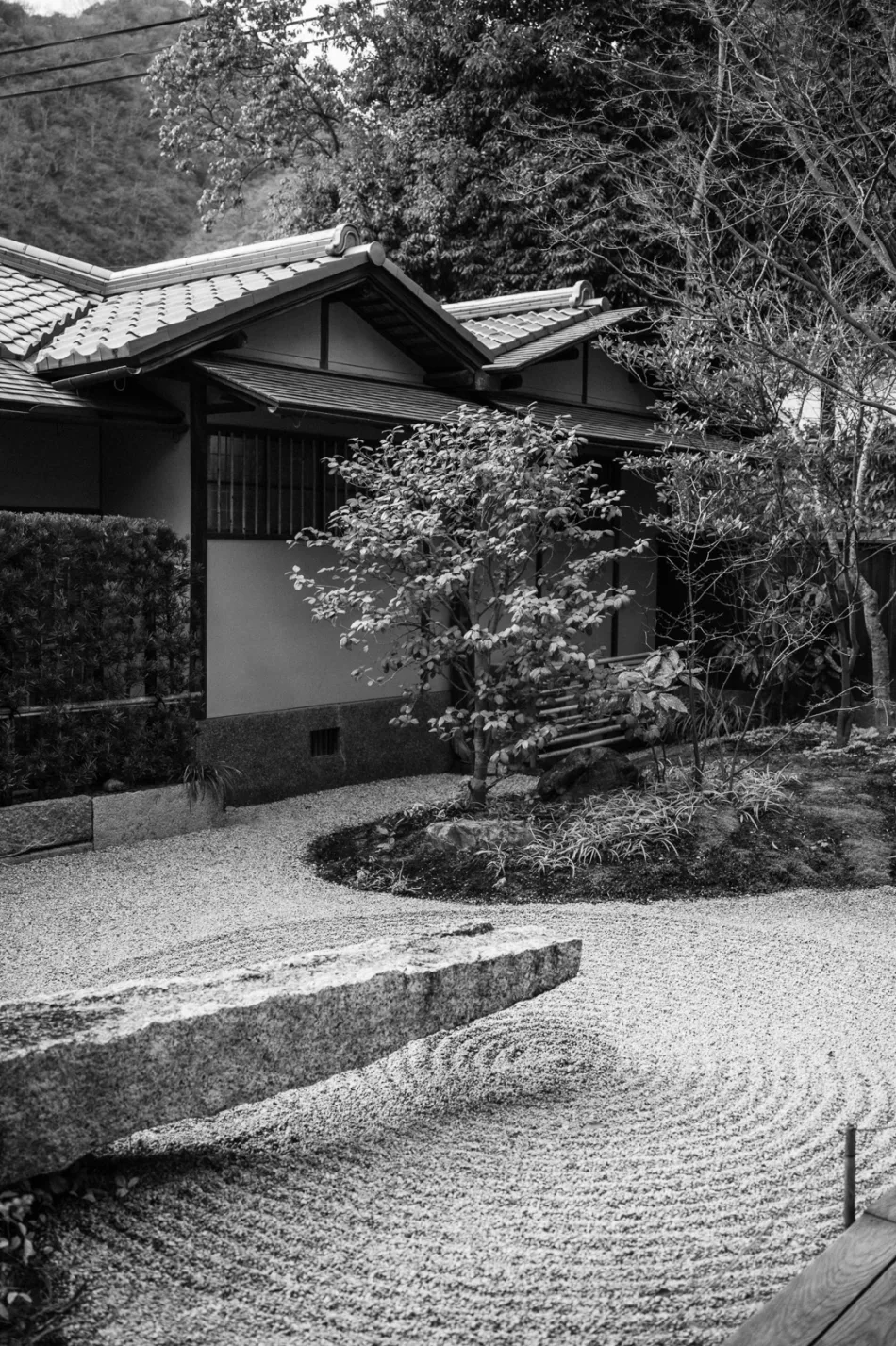
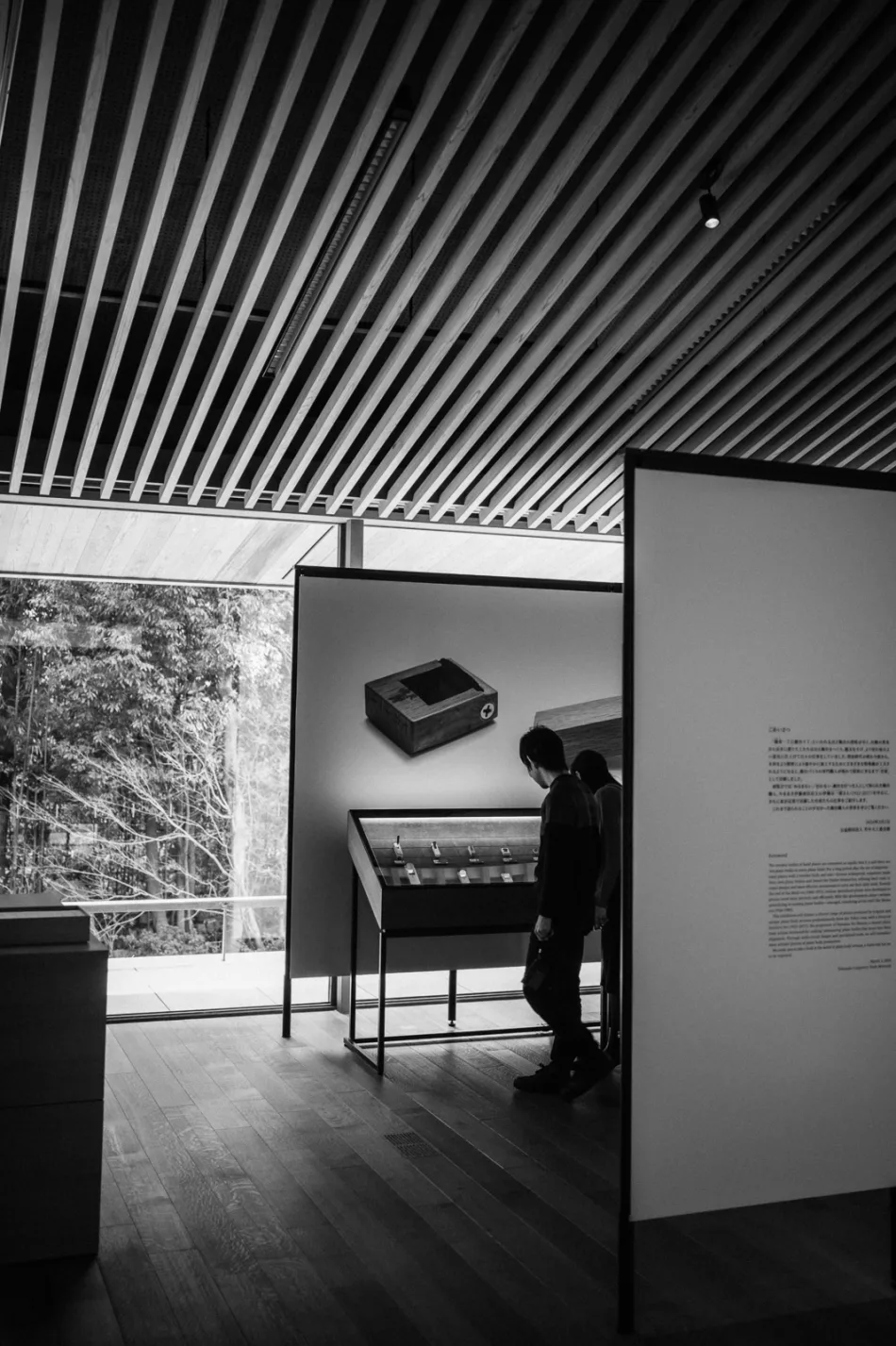
The museum walks you through the development of Japan’s carpentry tools, paralleling the architectural advancements and breakthroughs in tool technology enabled over the centuries. For example, importing hand saw technology from China made it much easier to produce boards, which significantly improved building style and design. The peaceful Edo era saw many new tools developed that were used more for artistic details rather than just raw construction.
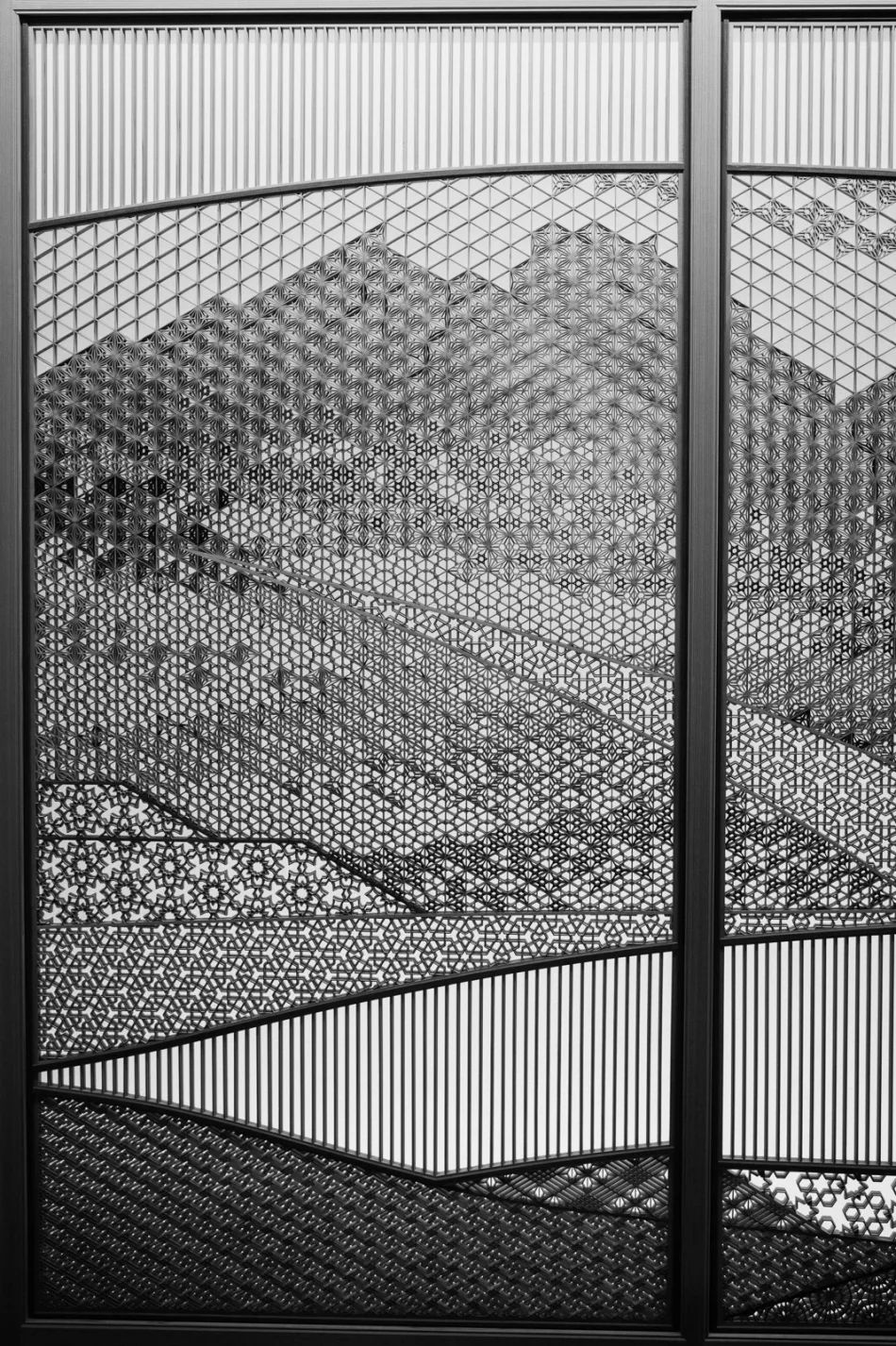
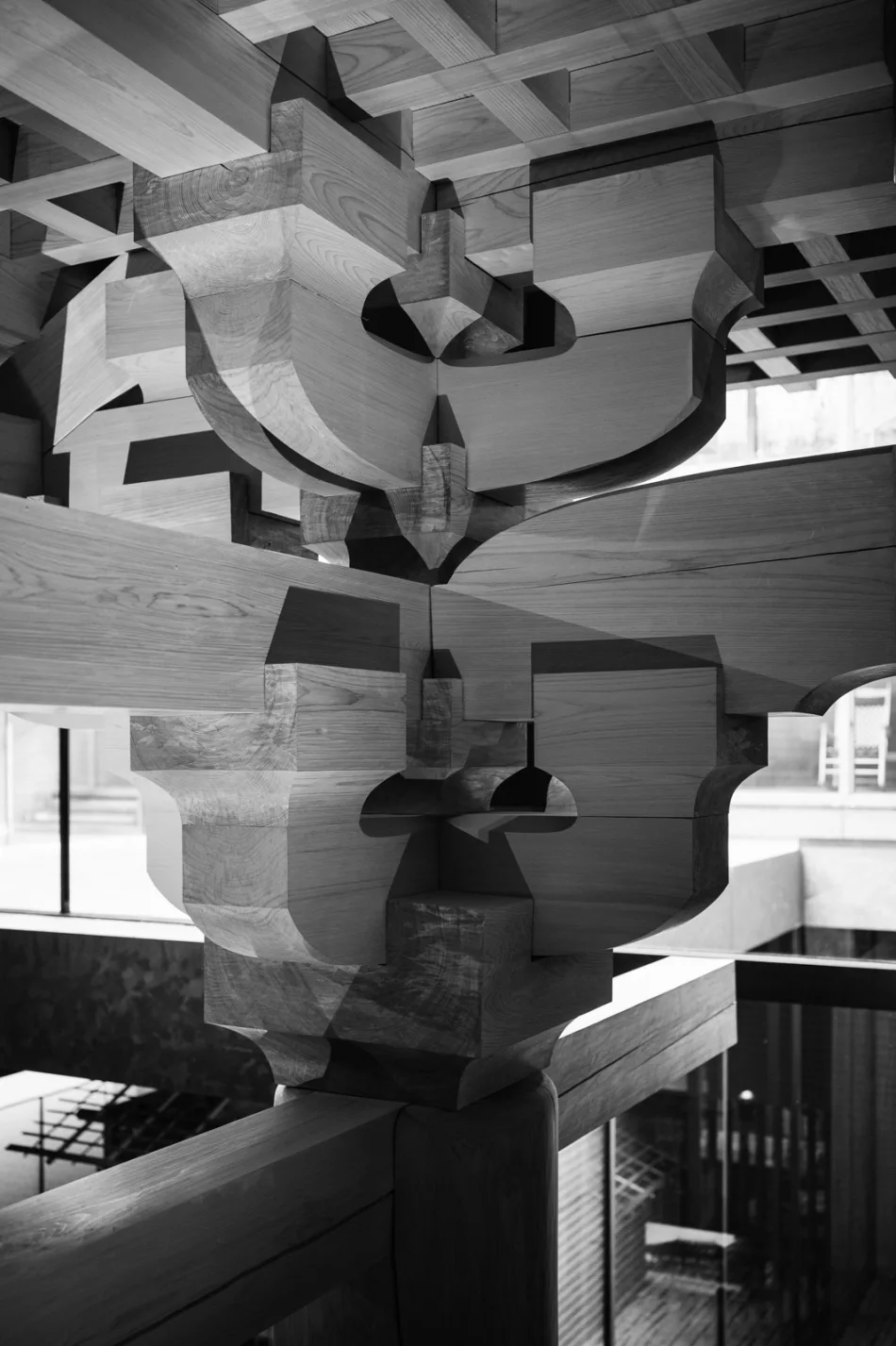
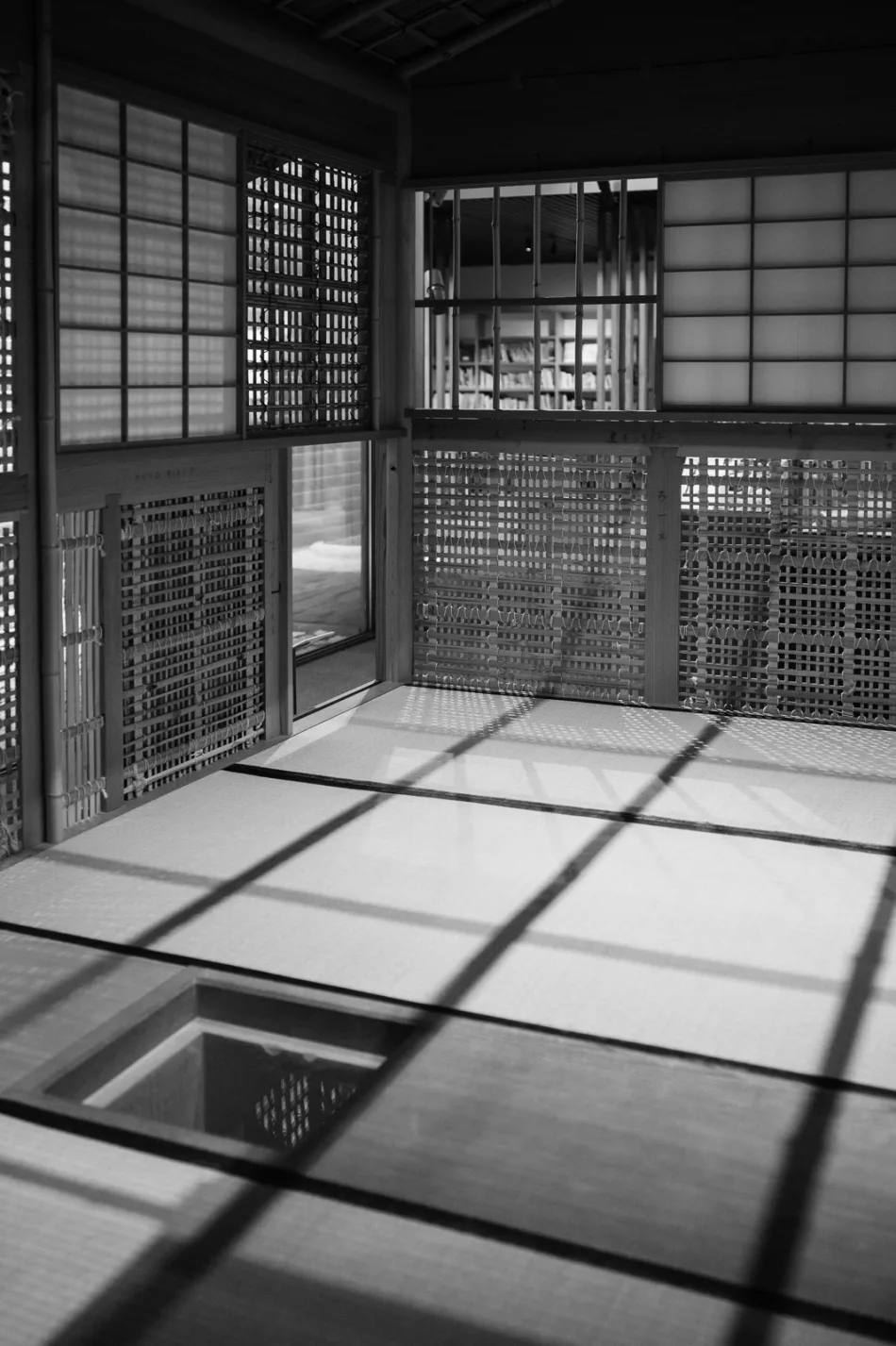
For the many visitors to Japan who bemoan having to visit numerous temples and shrines, this museum is your salve. If you visit the Takenaka Carpentry Tools Museum before you see even a single shrine or temple, you will have a much greater respect for and interest in the architecture and design of those places and a much greater enjoyment as a result.
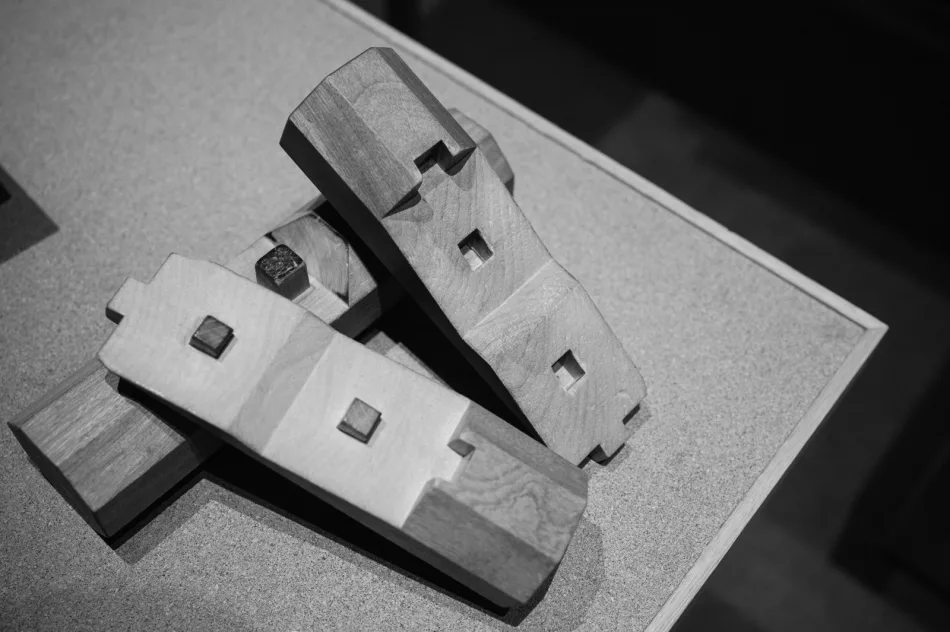
How To Make the Most of Kobe
Most visitors to Kobe come on day trips from nearby Osaka or Kyoto (we even met an American couple doing just that at a sake brewery in Nadagogo). Considering the number of places to explore and the more manageable nightlife of Kobe, I recommend cutting your days in Osaka or Kyoto down by a night or two and spending them in Kobe instead. You can extend your trip by exploring nearby scenic spots like Himeji, Arima Onsen town, and Awaji Island.
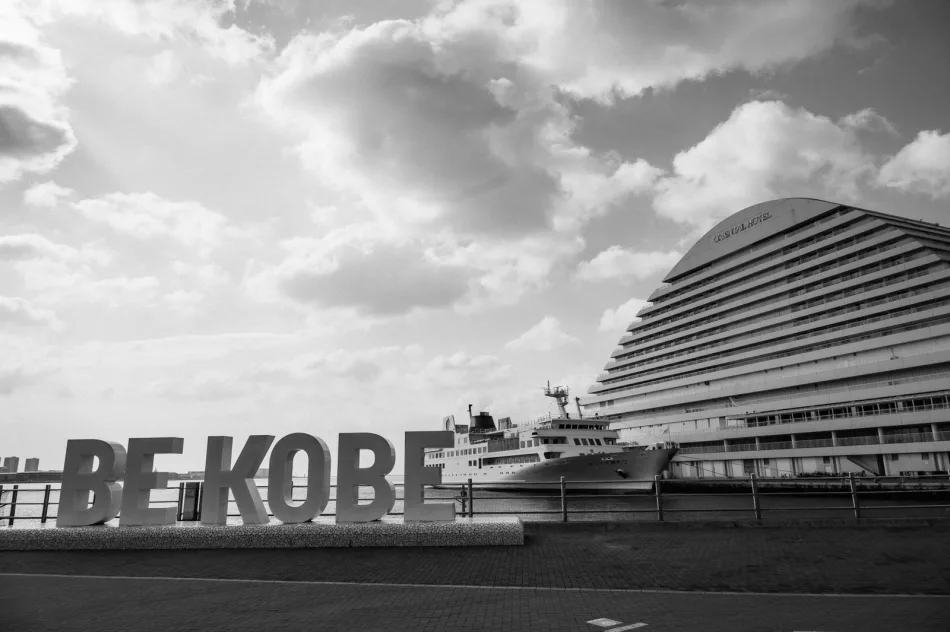
Getting to Kobe is simple. Shin-Kobe is a major station on the Tokaido/Sanyo Shinkansen, making it easy to access from most of Japan’s major cities served by Shinkansen. Kobe Airport is connected to Tokyo’s Haneda Airport by several domestic airlines, regular and LCC. For those on a strict budget, several companies offer overnight buses from Tokyo to Kobe. The trip takes 8-9 hours and can cost under 5000 yen each way if you are willing to sacrifice some comfort.
While there are adequate accommodations around each of Kobe’s major stations, Shin-Kobe, Kobe, and Sannomiya, the latter offers the most vibrant nightlife and mid-range hotels of good value. You’ll save quite a bit of money staying here in Kobe than at a hotel in central Osaka or Kyoto.
Kobe is a walkable city, but the public transportation system is also solid, with plenty of trains, buses, and taxis to get you to your destination.
